
Basic Info
Kailasa Temple
spot
Ratings & Description
Info
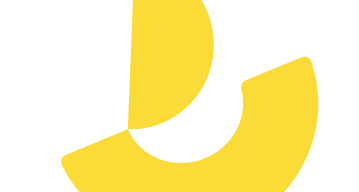 Learn more insights from Wanderboat AI.
Learn more insights from Wanderboat AI.Plan your stay
Posts



Reviews
Reviews of Kailasa Temple
The Kailasha (IAST: Kailāśa) or Kailashanatha (IAST: Kailāśanātha) temple is the largest of the rock-cut temples at the Ellora Caves near Aurangabad district, Maharashtra of Maharashtra, India. A megalith carved from a cliff face, it is considered one of the most remarkable cave temples in the world because of its size, architecture, and sculptural treatment. It has been called "the climax of the rock-cut phase of Indian architecture". The top of the structure over the sanctuary is 32.6...
Read moreIn life, only a handful of instances occur where the mind loses its sense of consciousness, the sporadic thoughts vanishes, the heart skips a beat and eyes gleam at the splendor of the scene they are presented with. Such an occurrence happened when I first saw the kailasa temple and the surrounding rock monasteries of ellora. From the outside, far away at the entrance the temple looked like any other ancient hindu temple but as I went closer, the place unfolded its grandeur and the many...
Read more
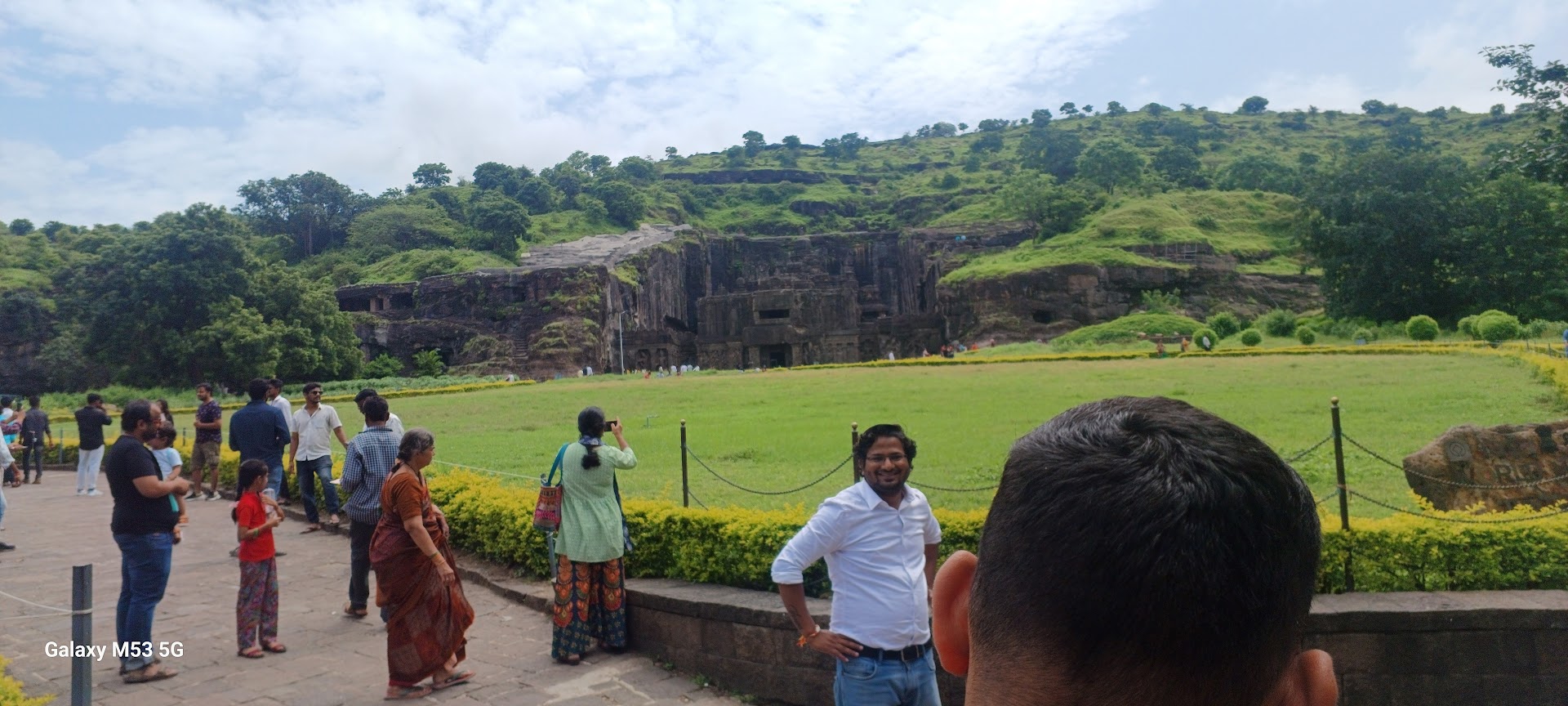
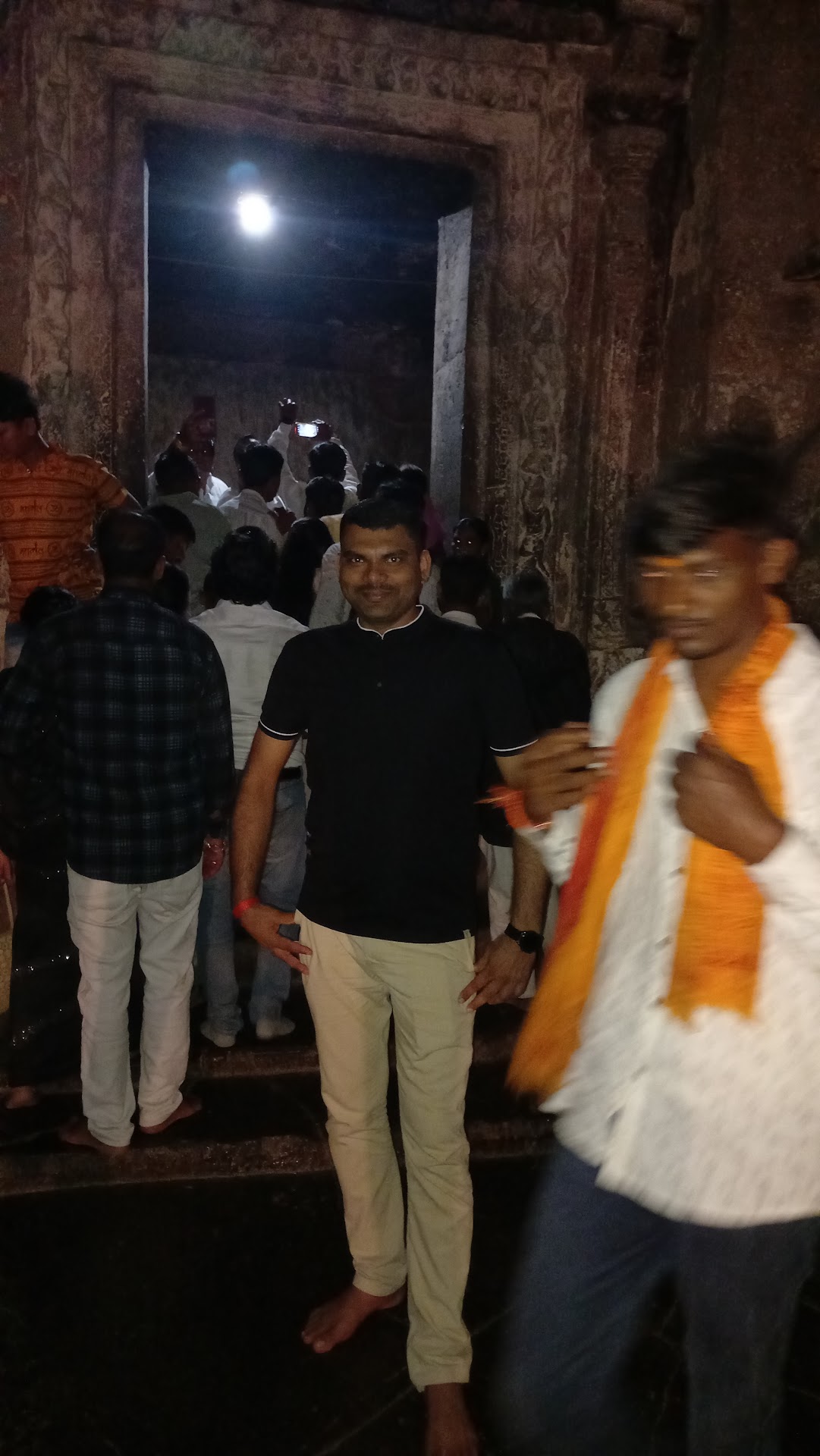
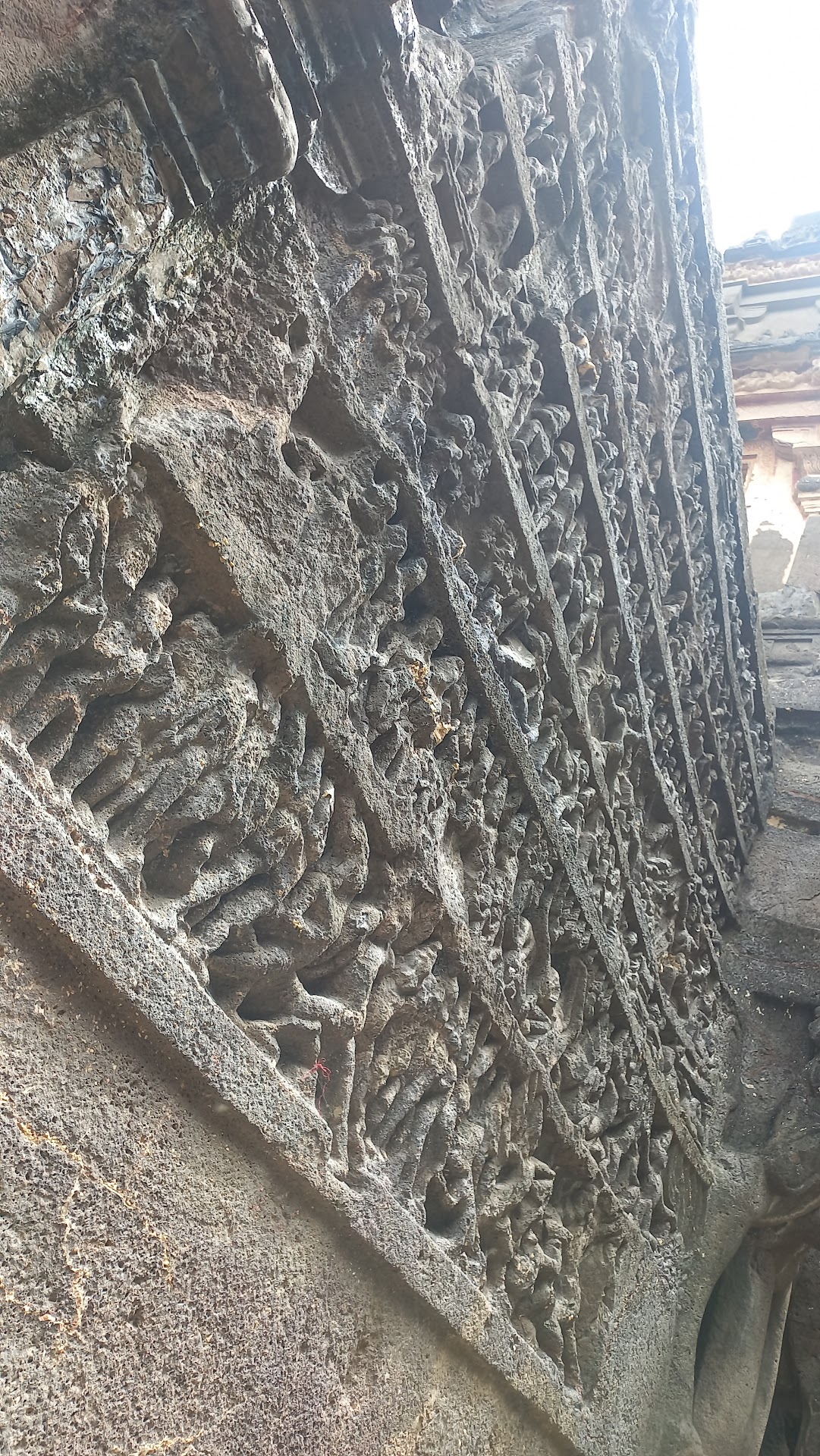
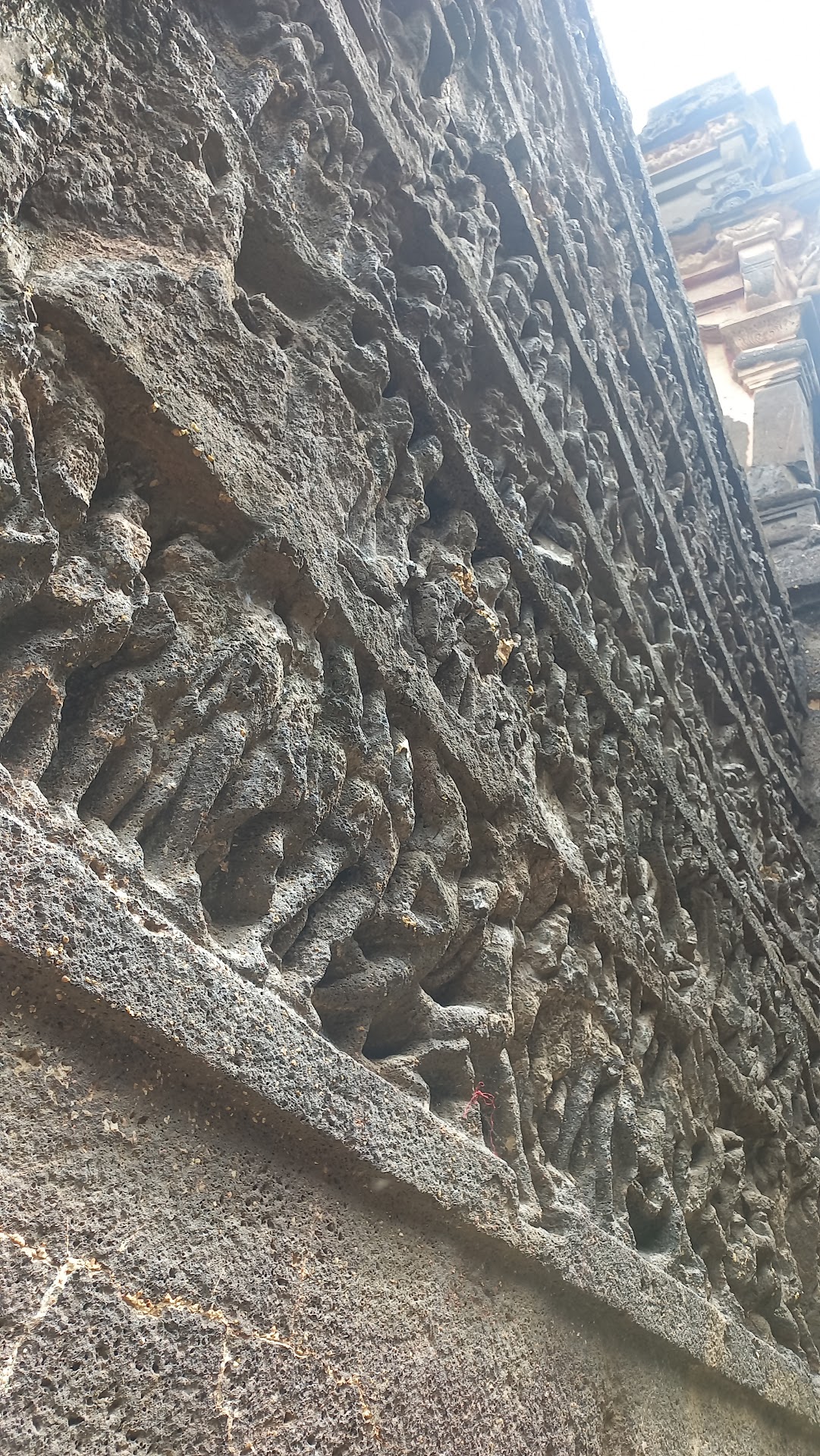
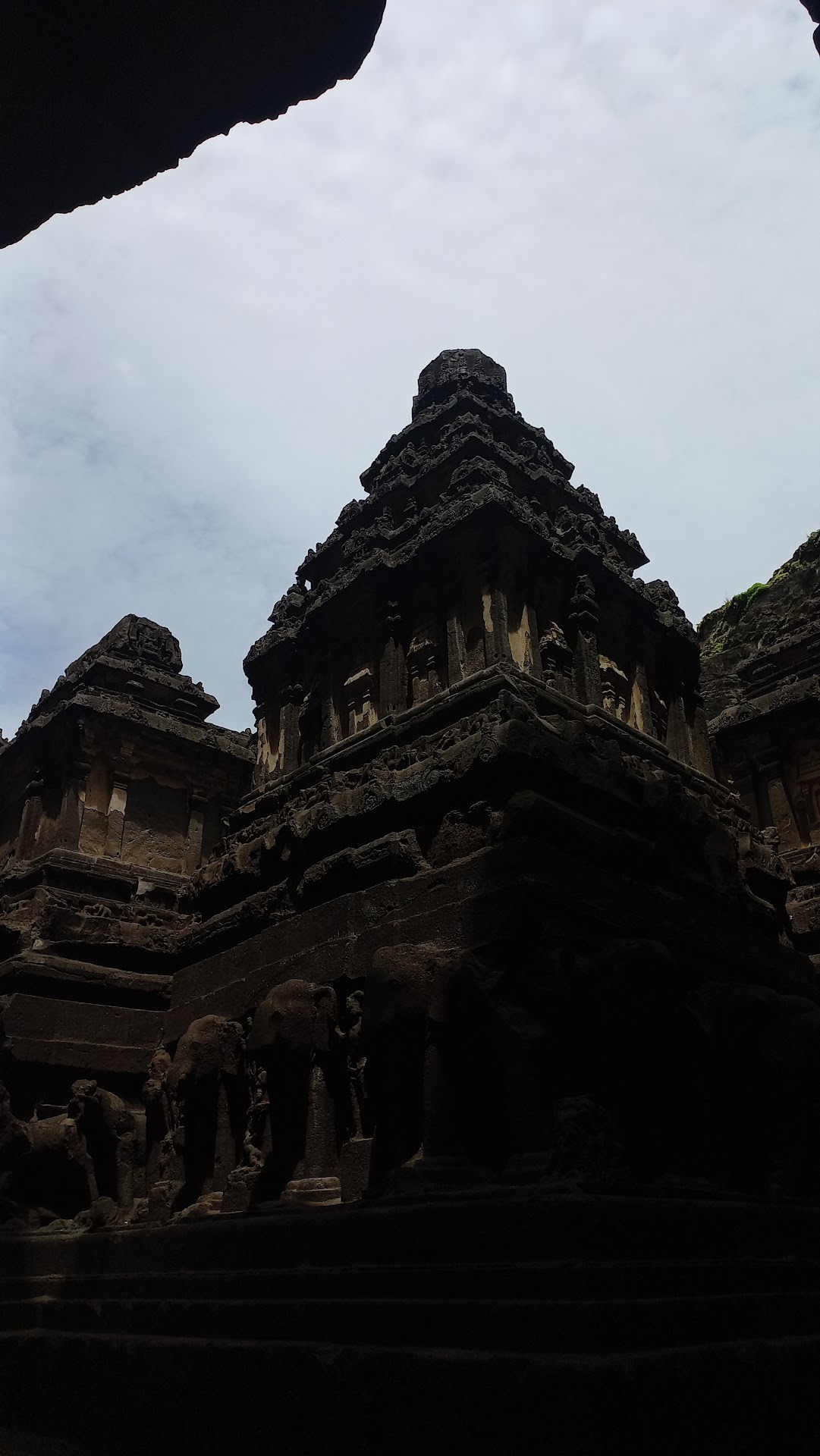
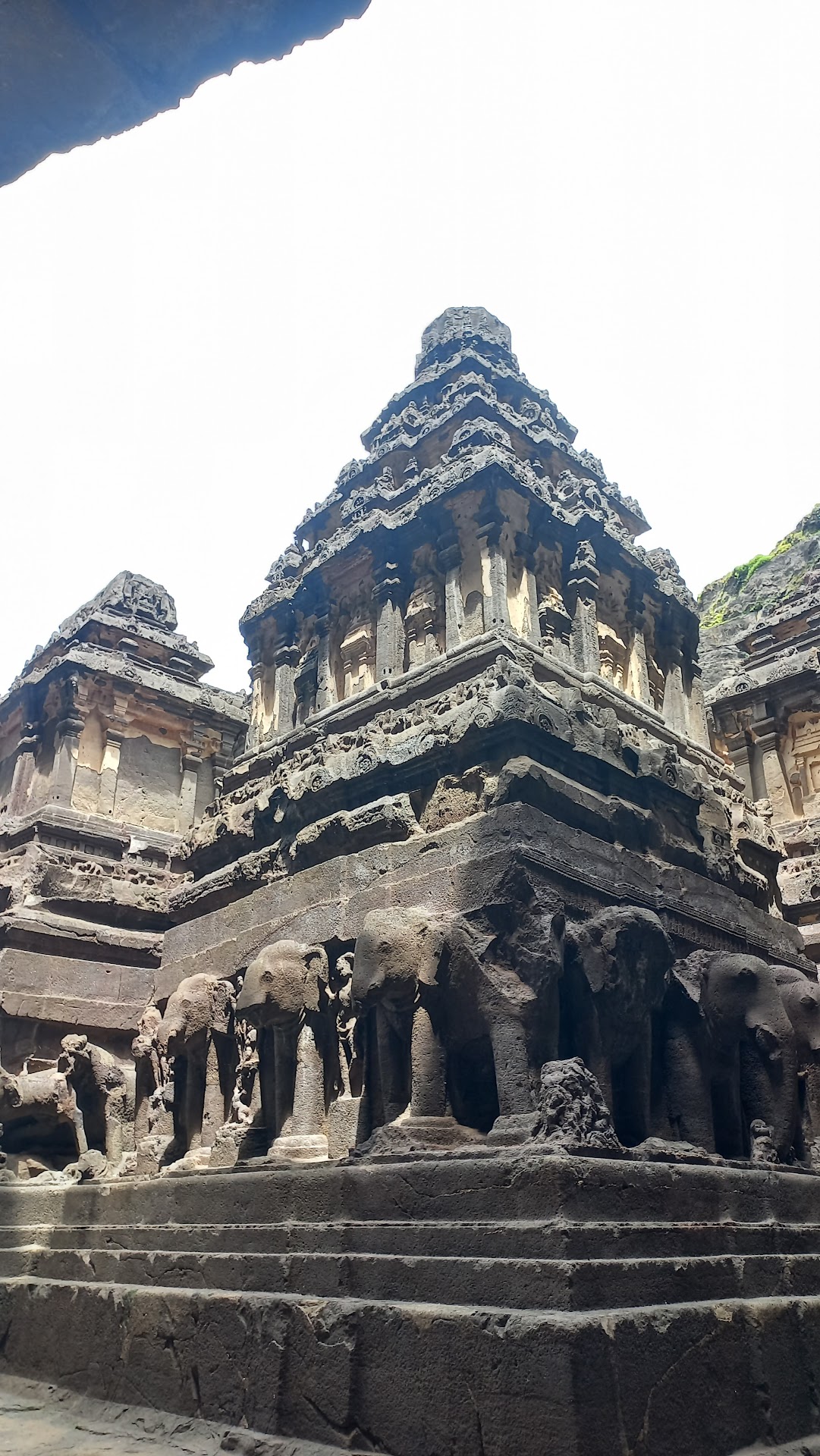
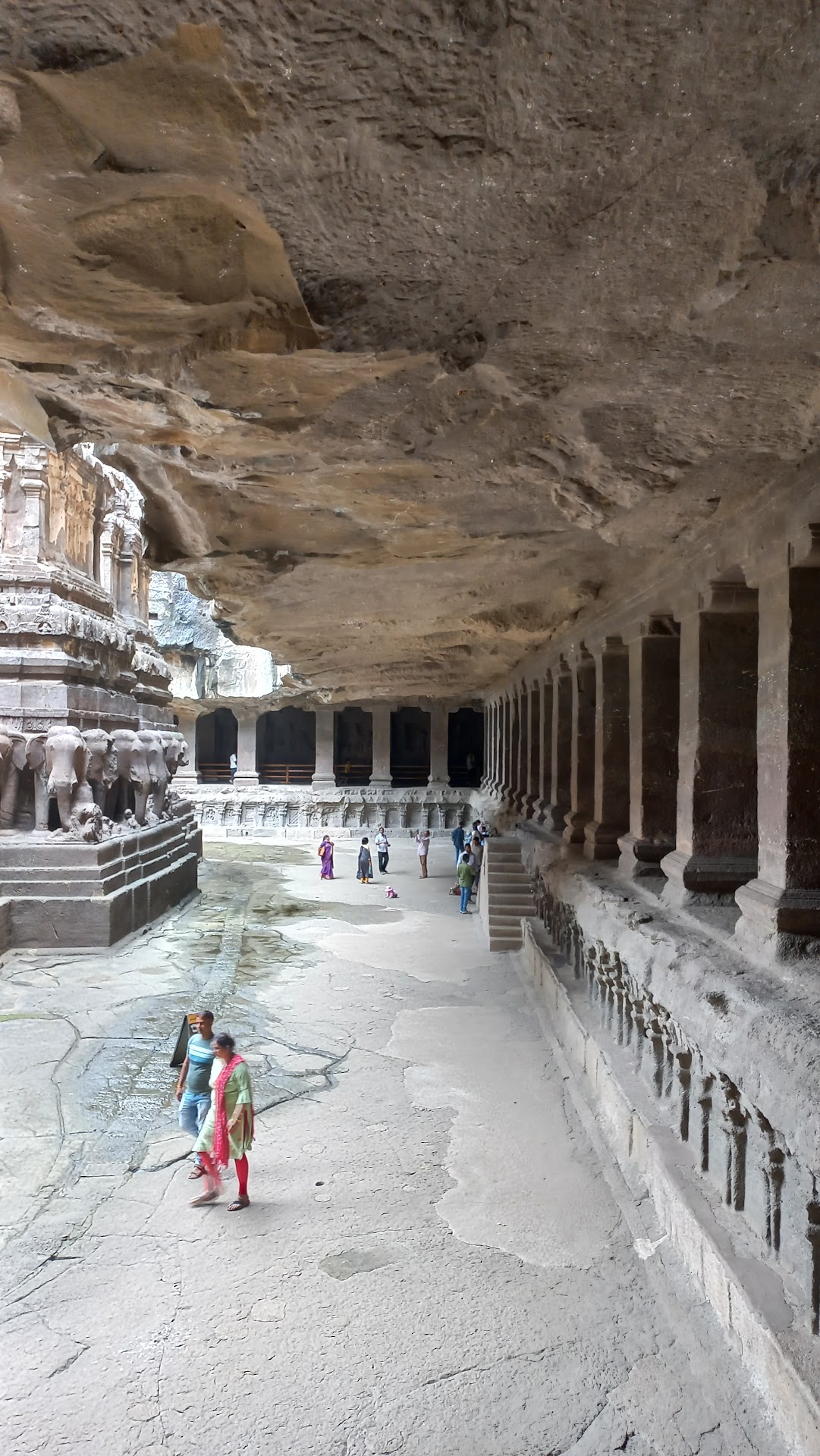
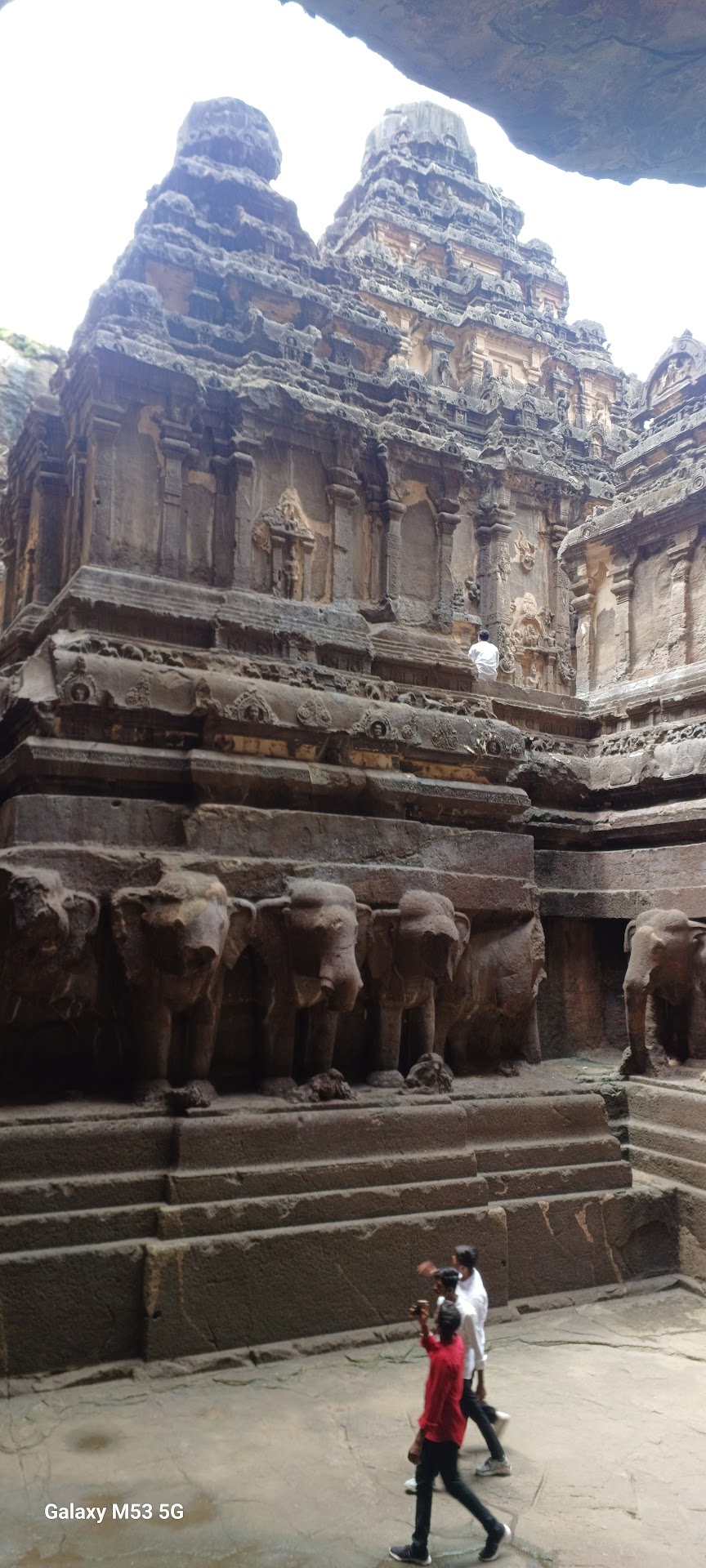
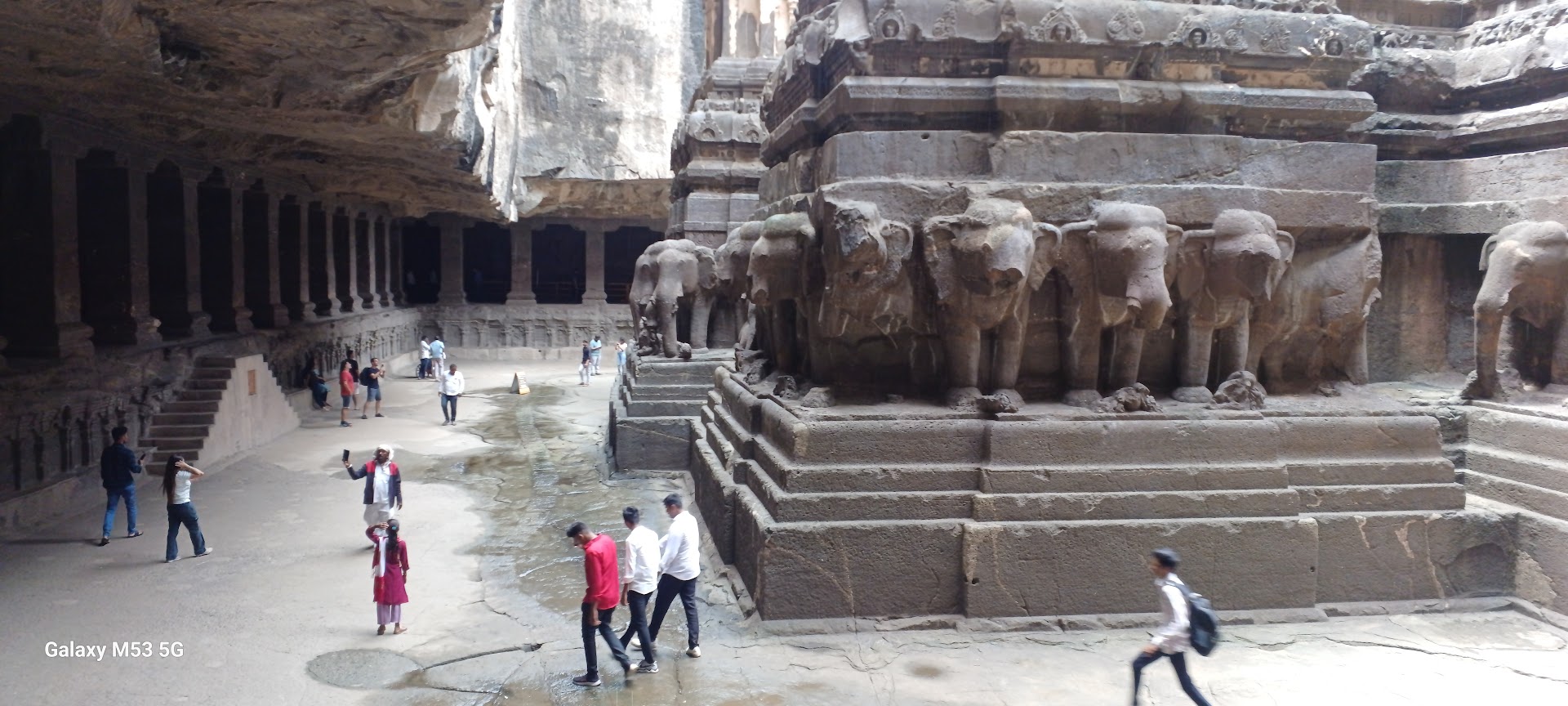
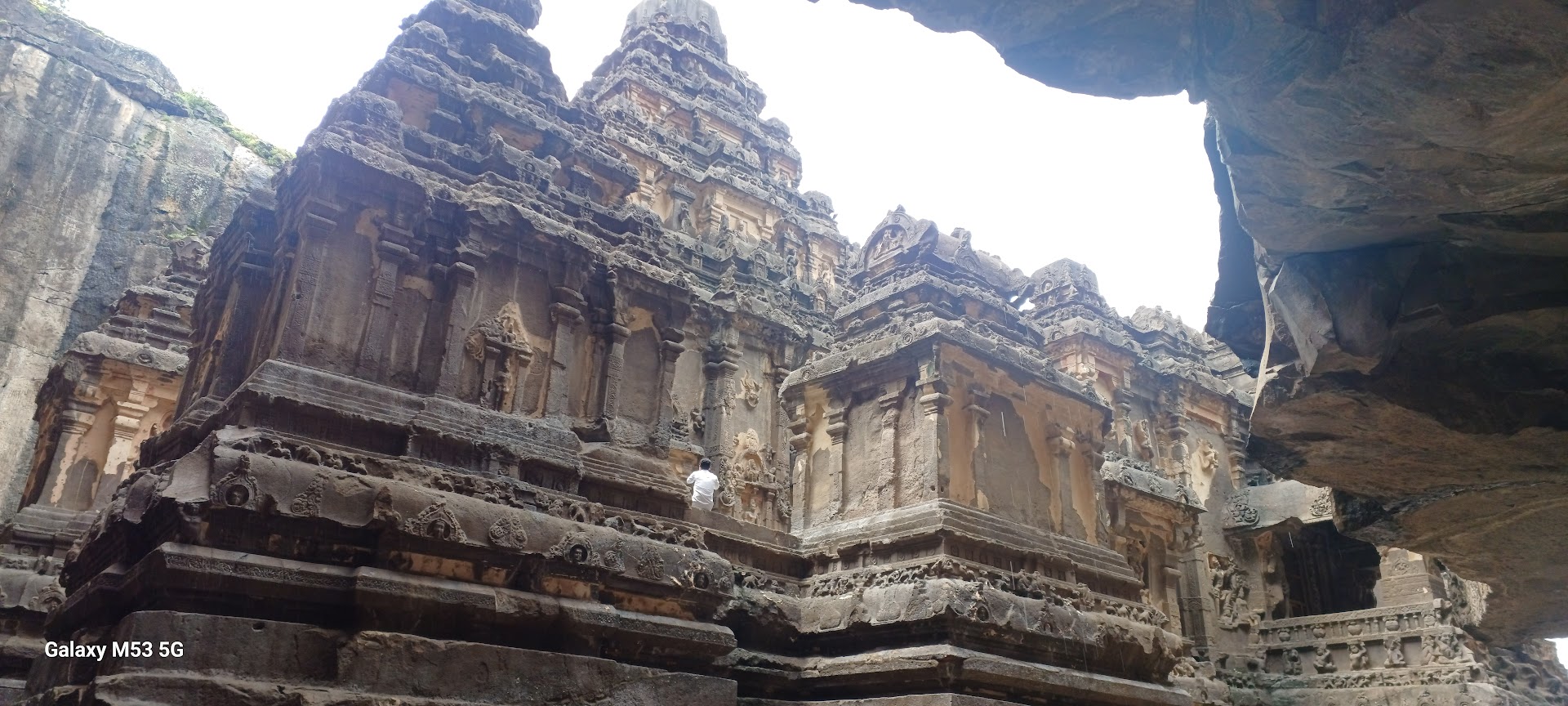
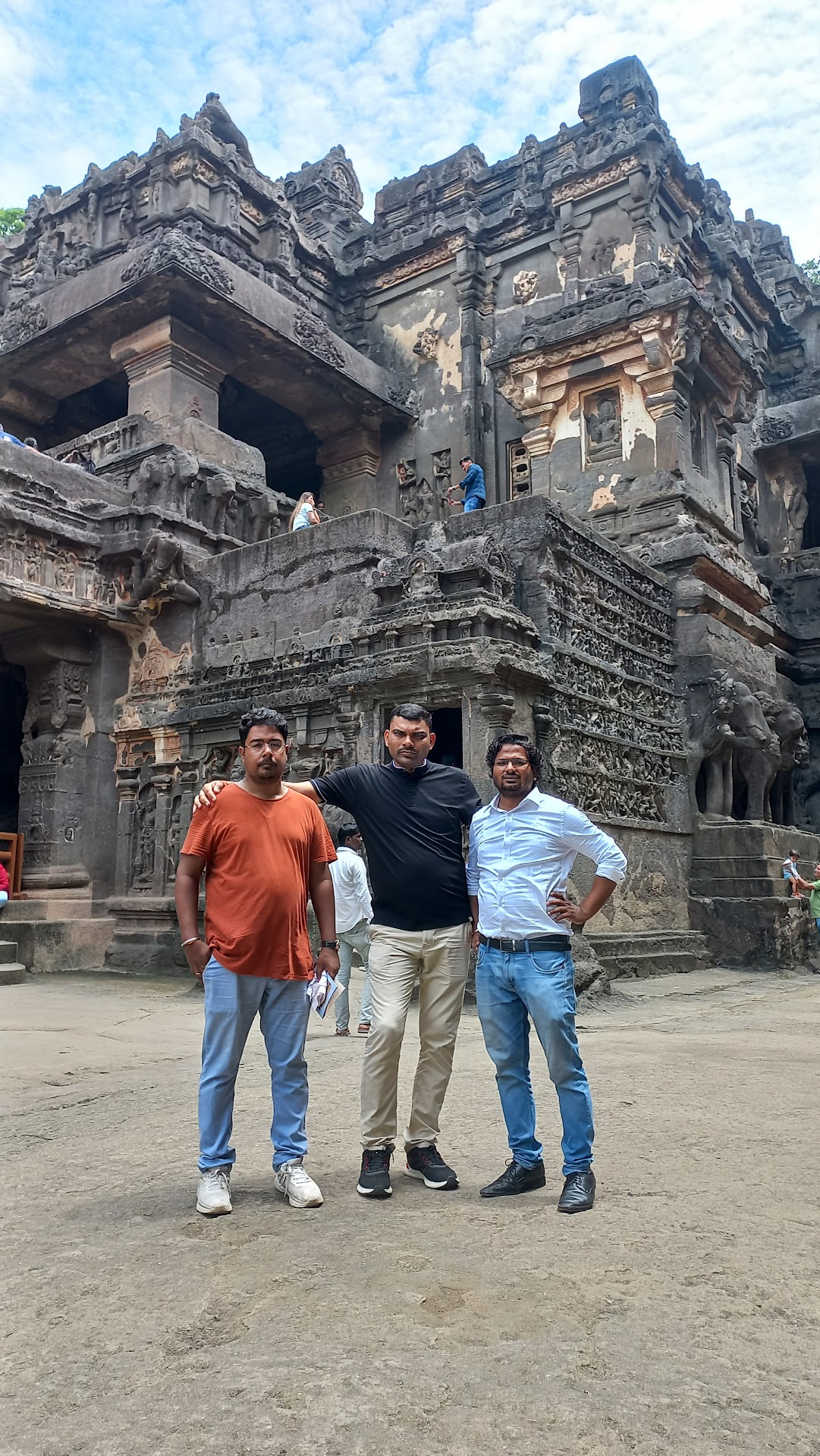
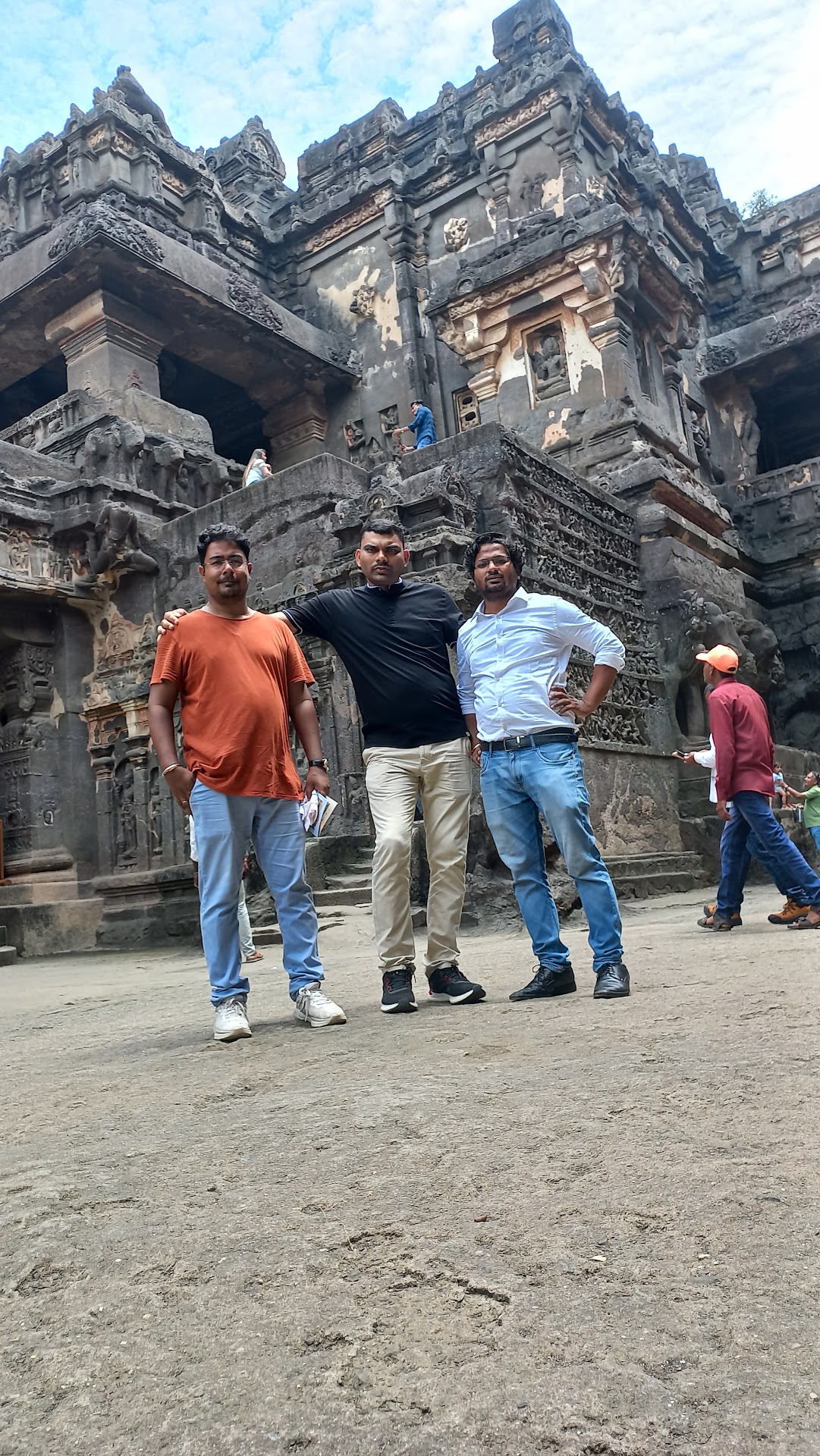
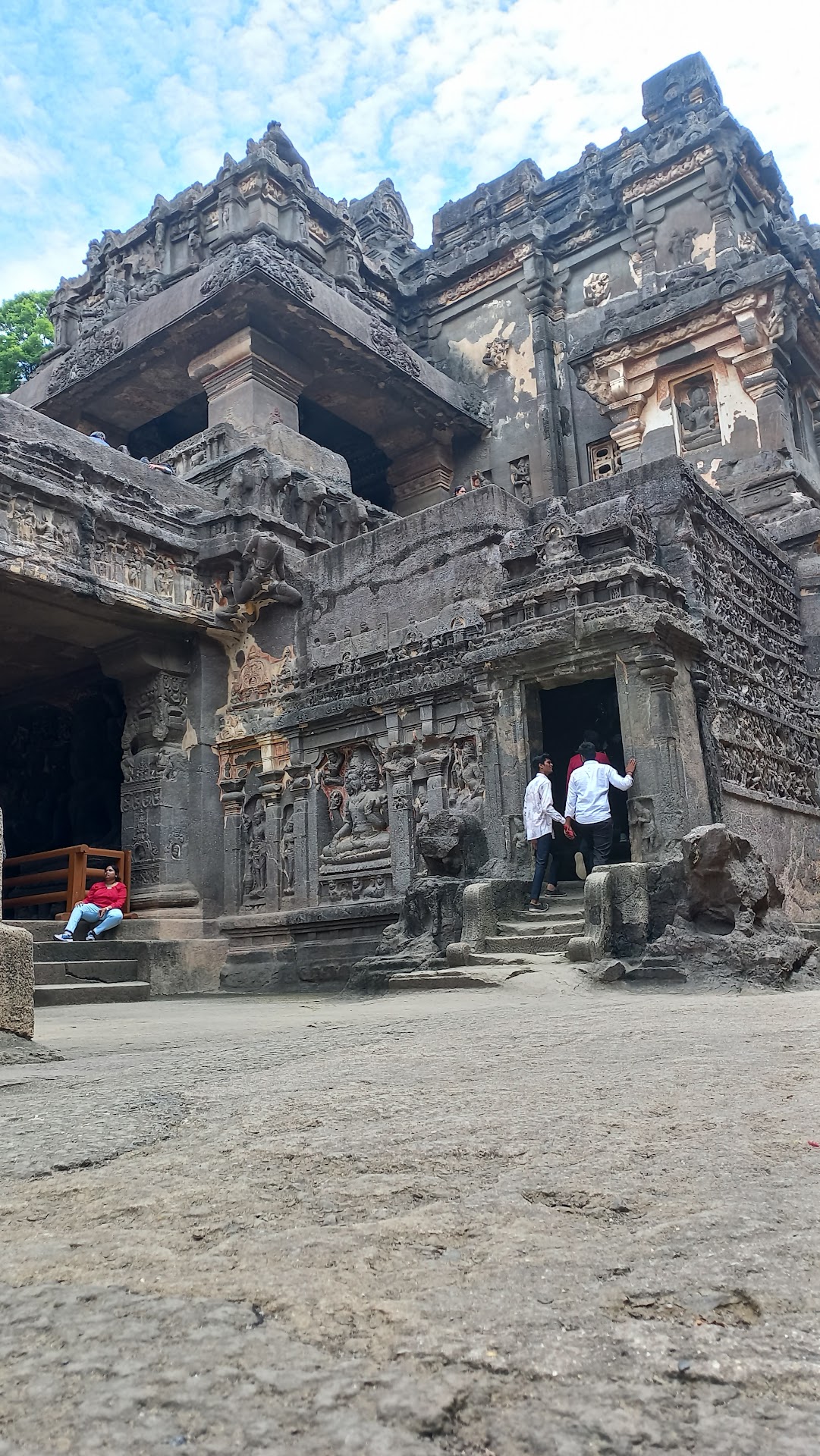
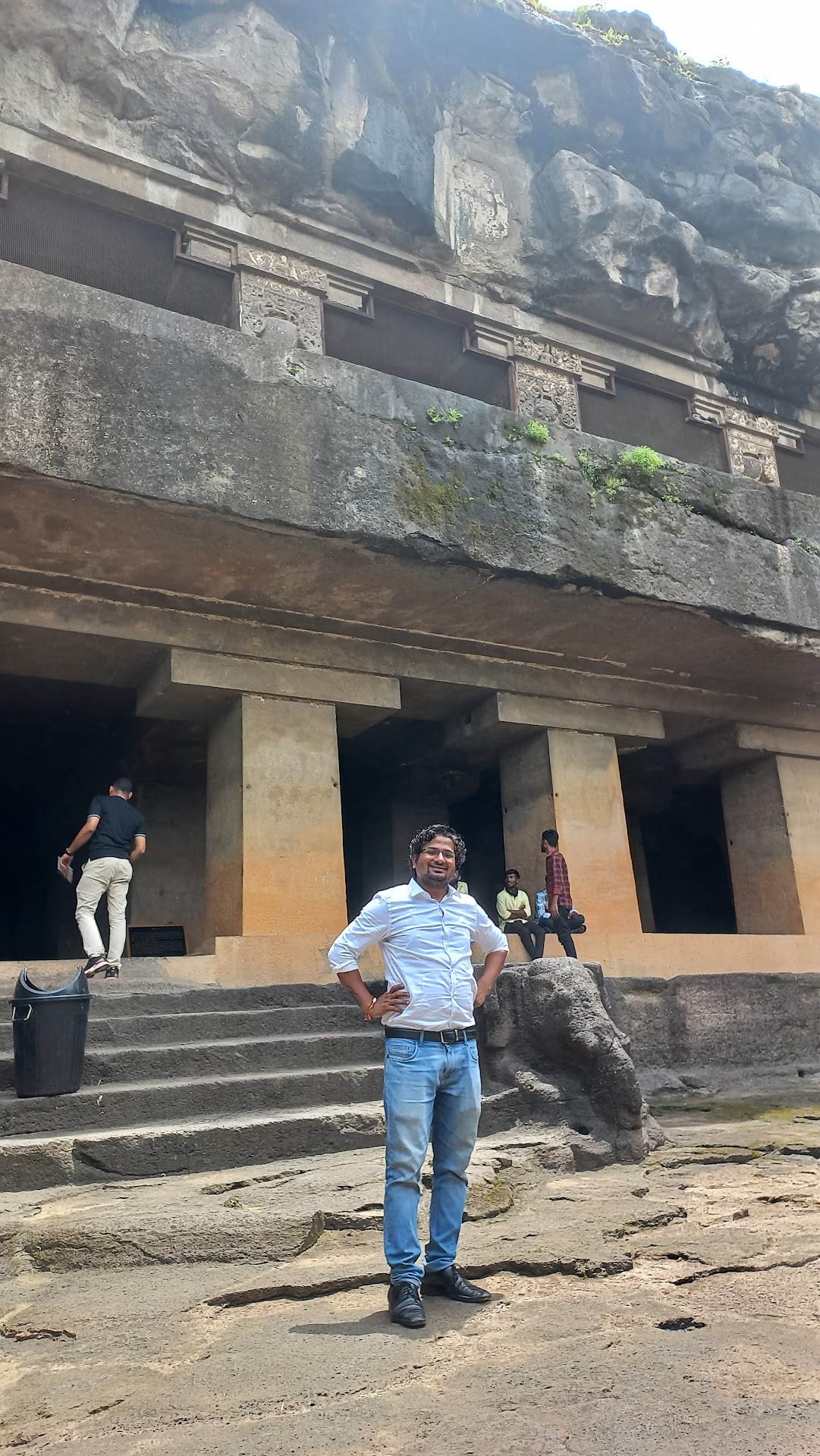
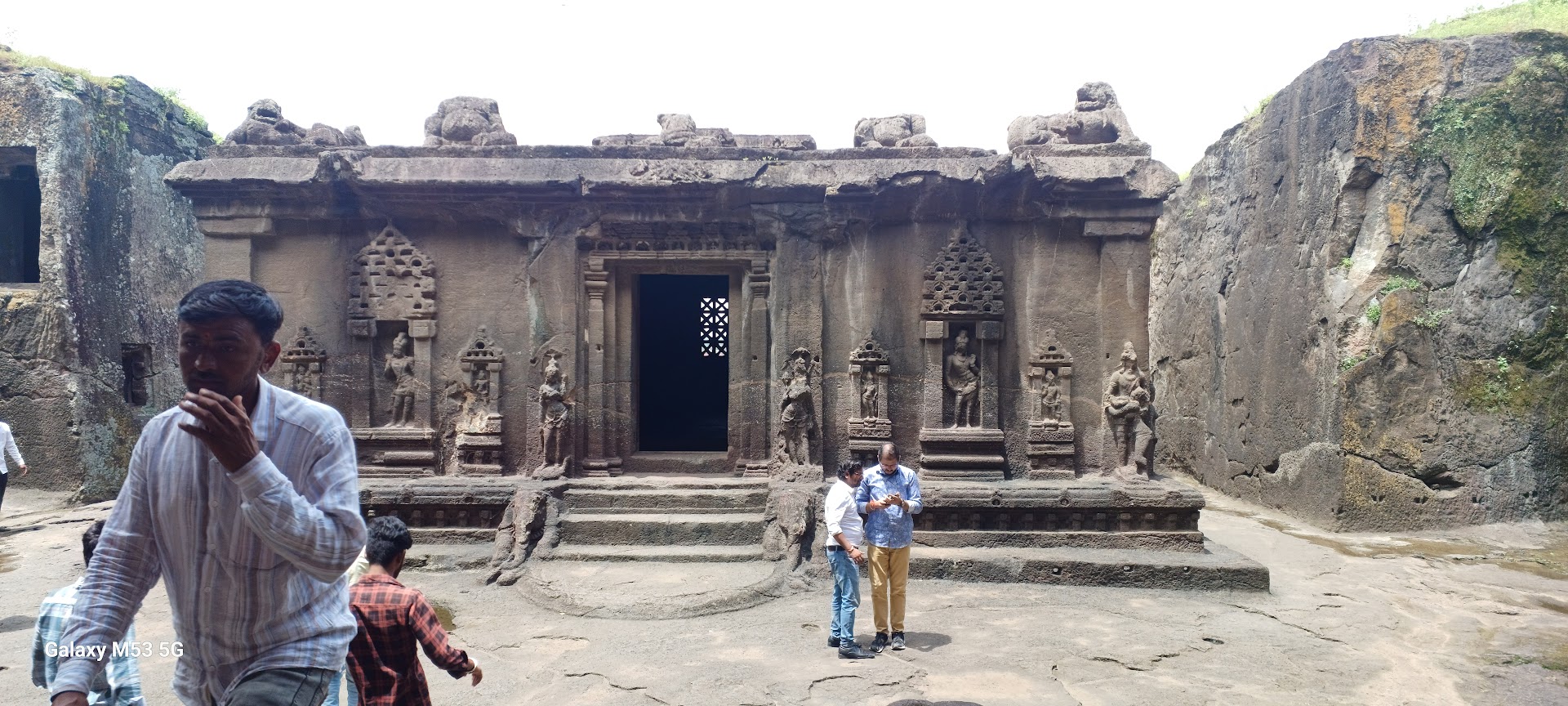
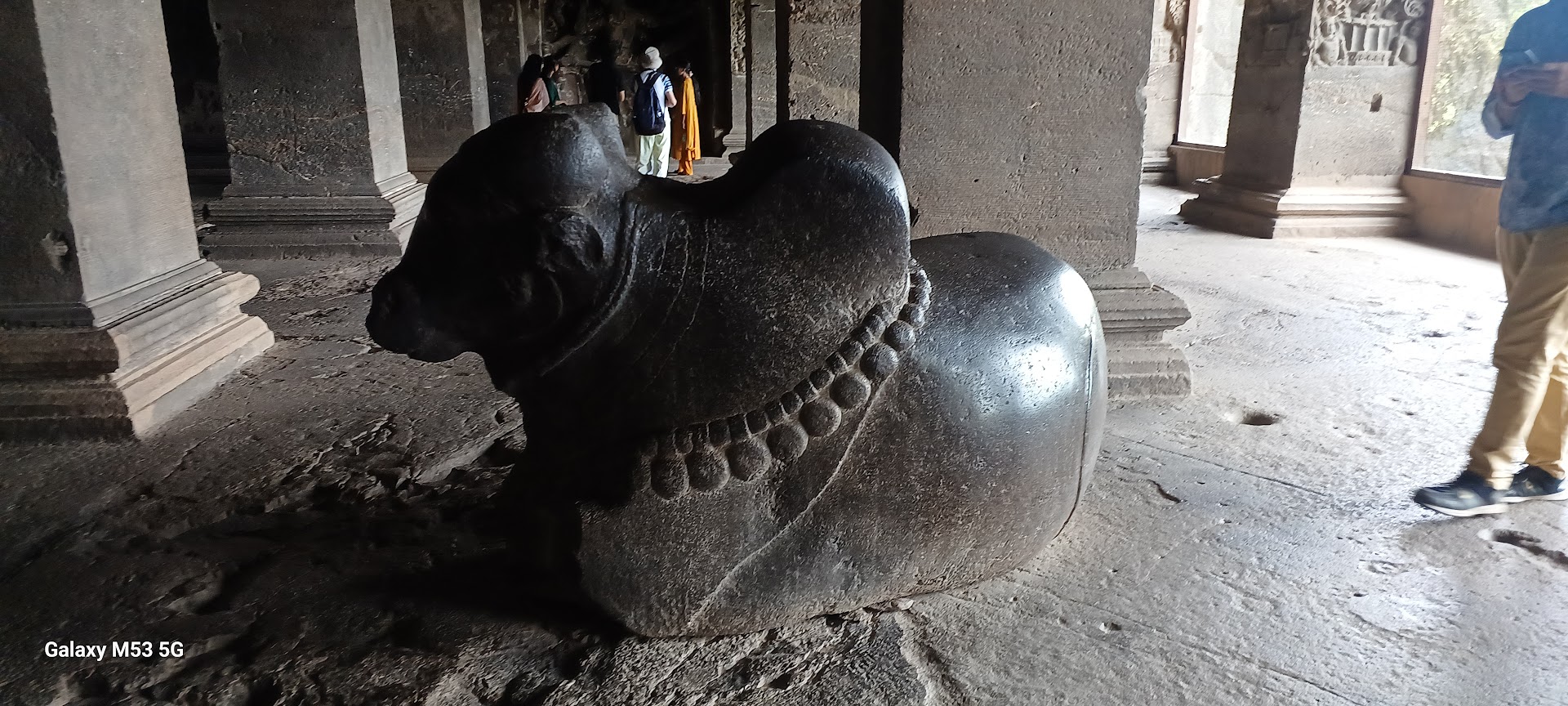
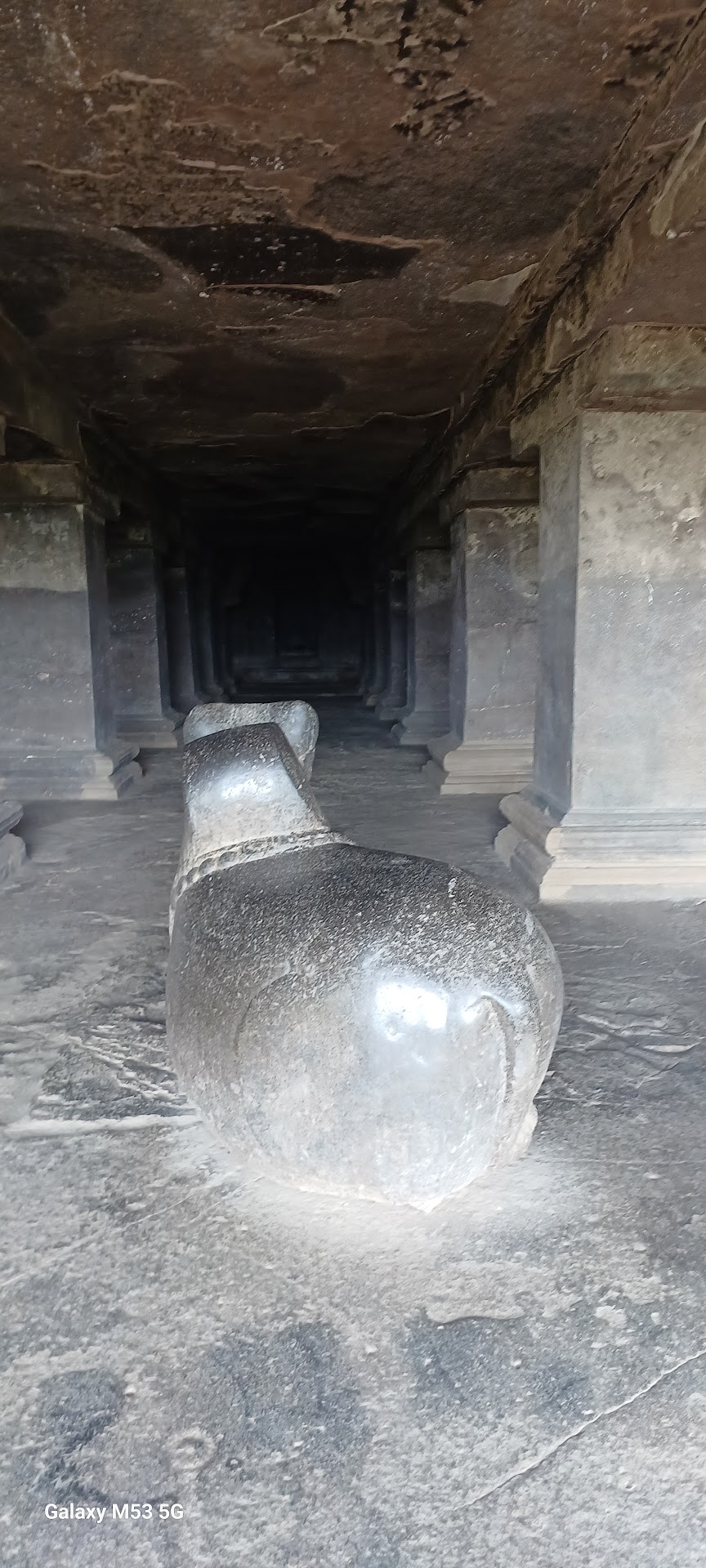
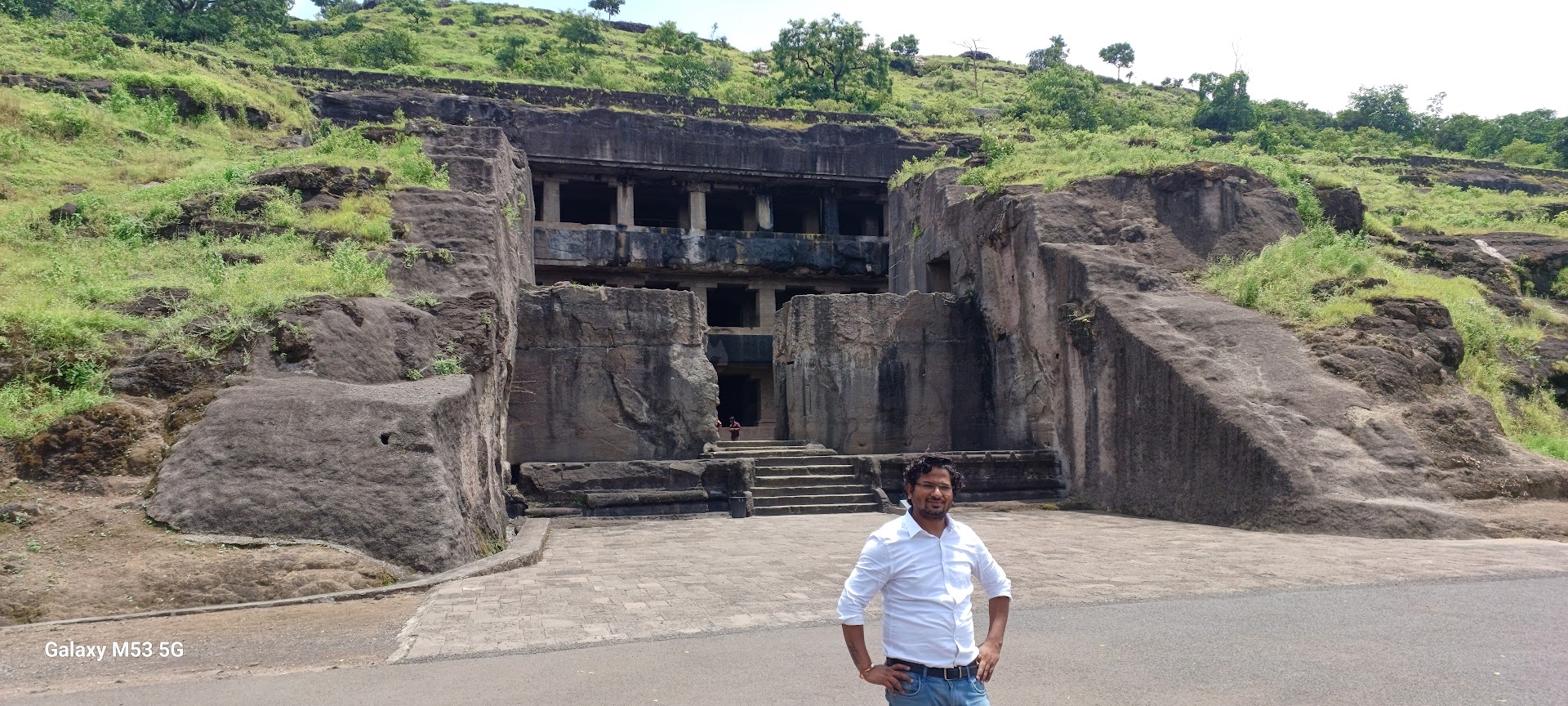
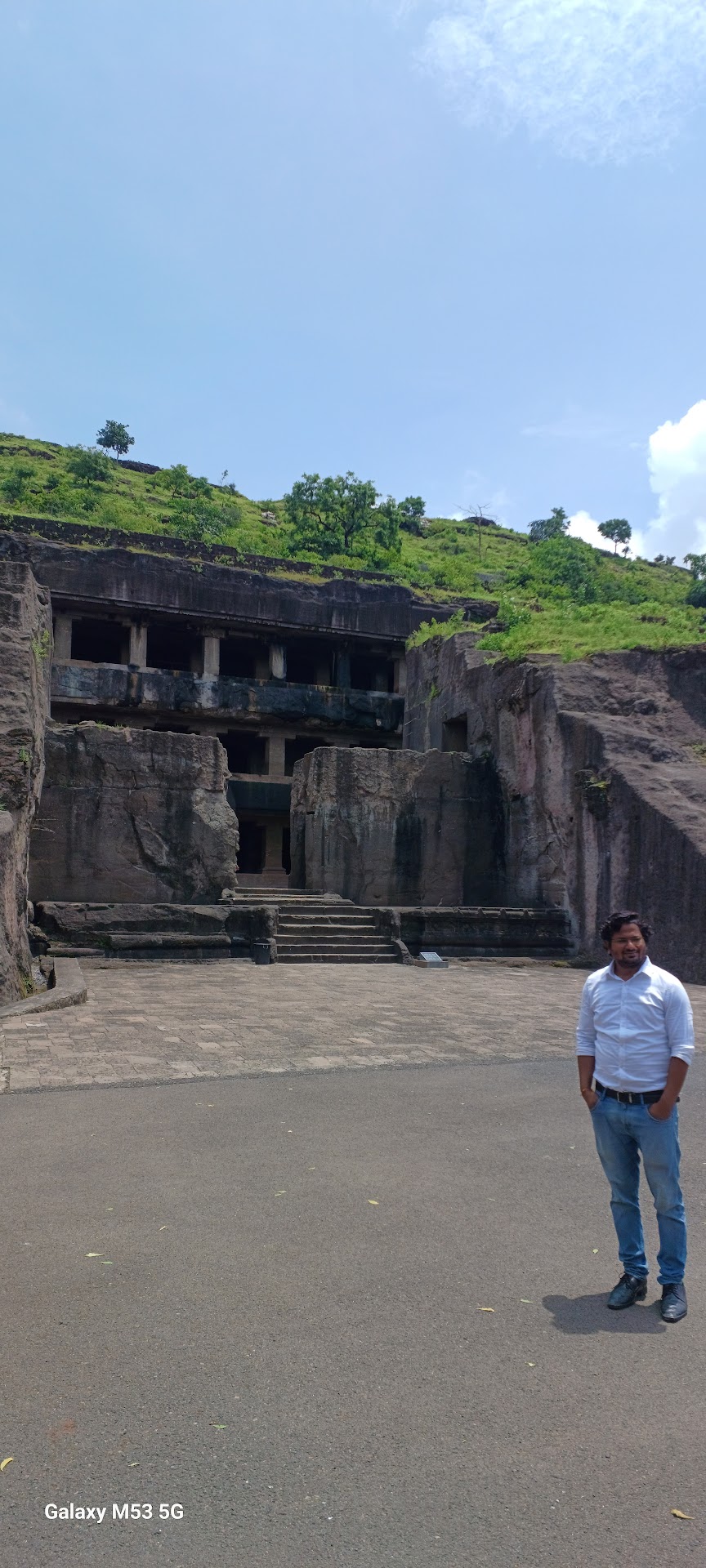
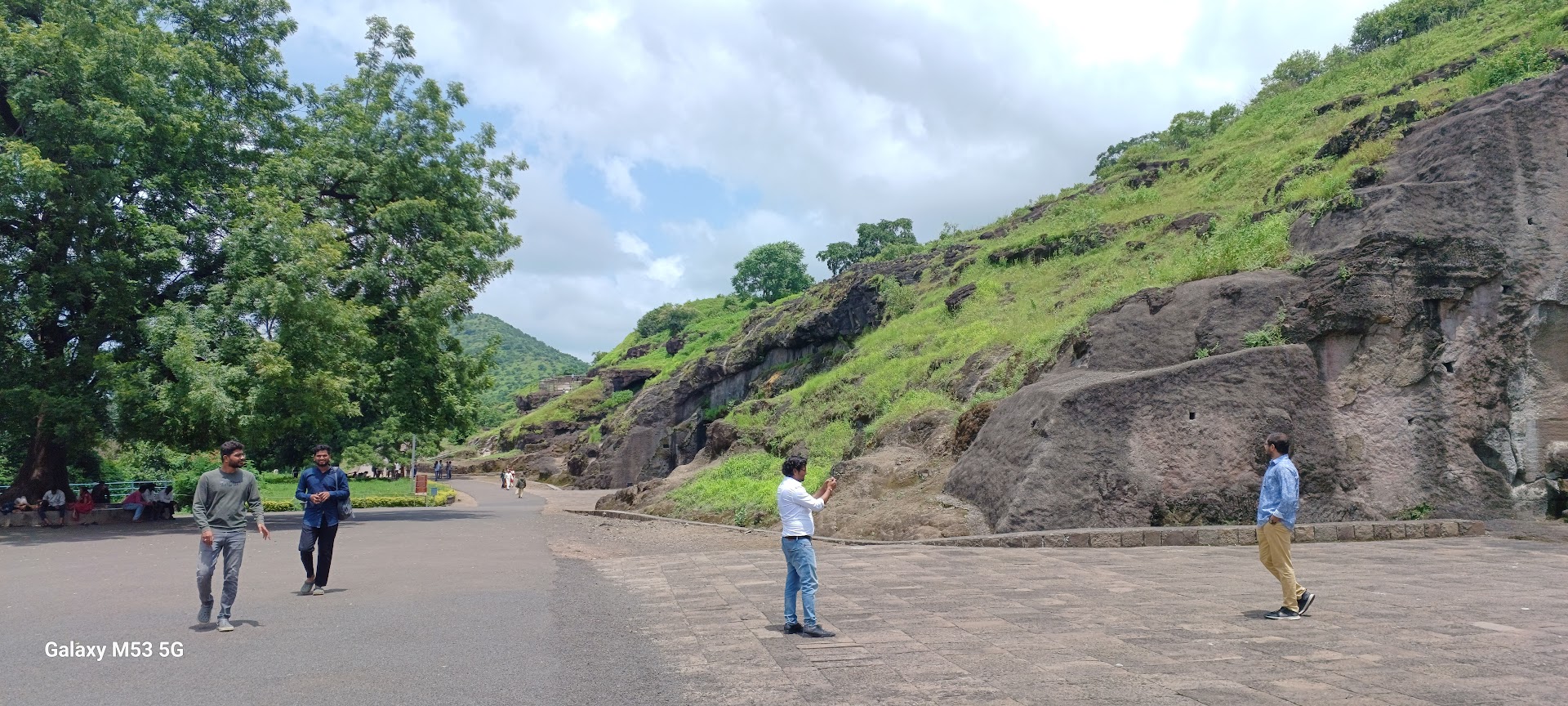
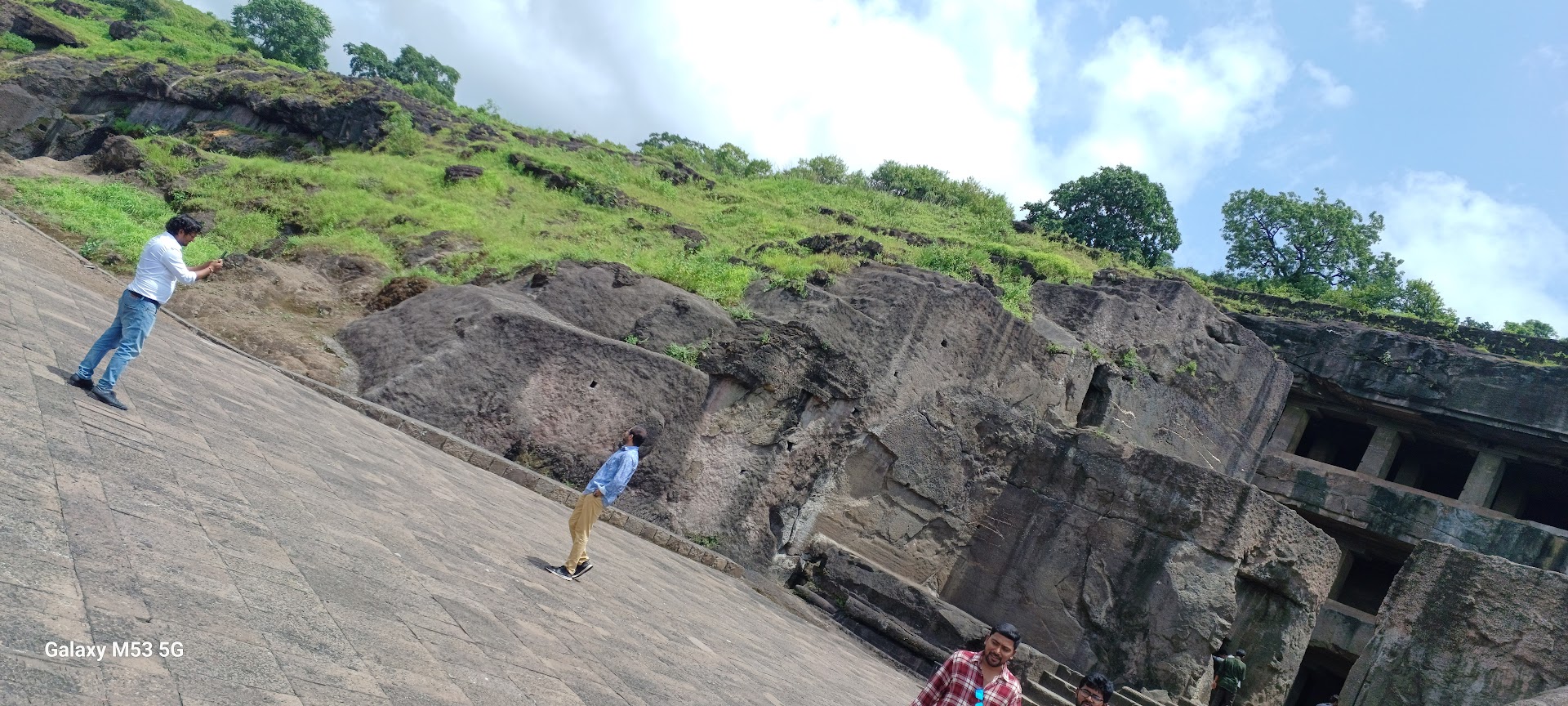
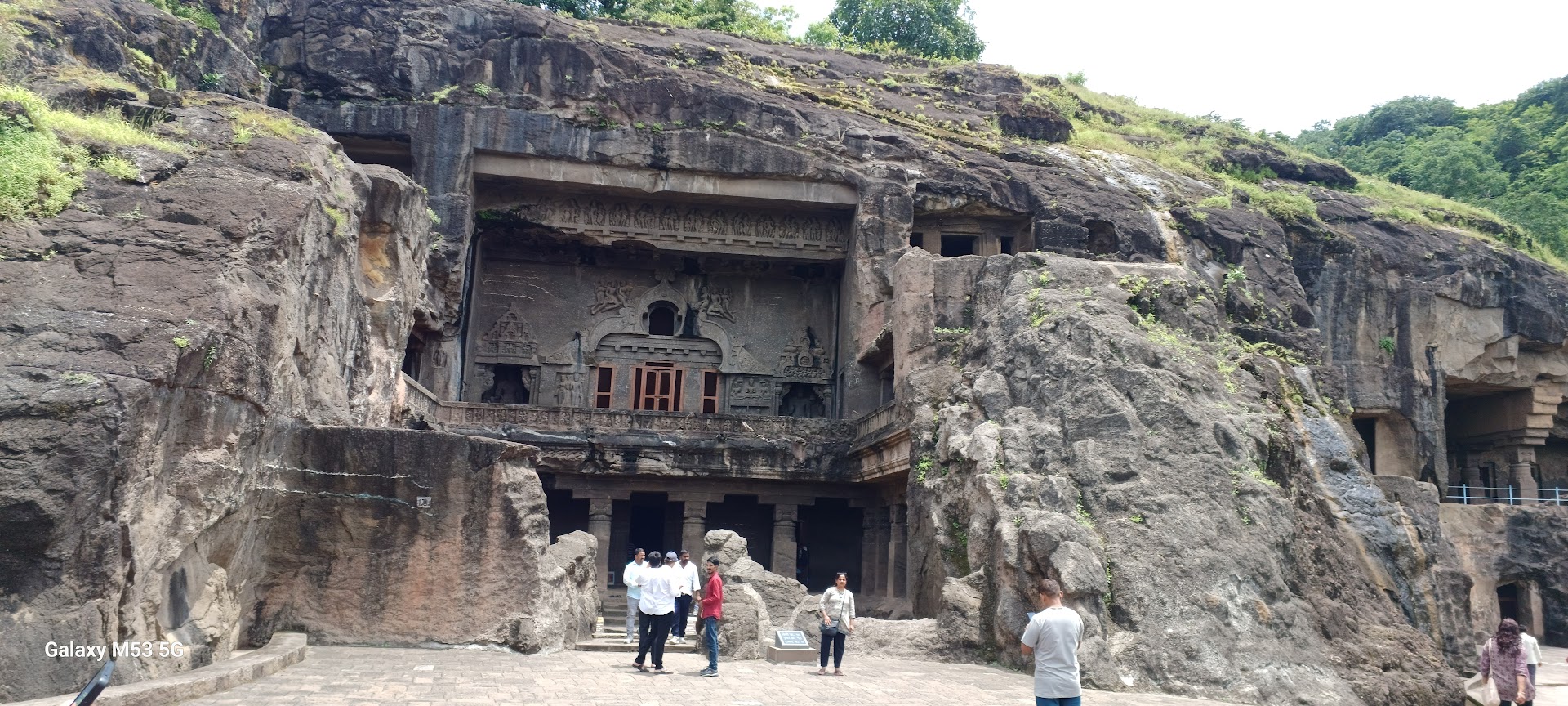
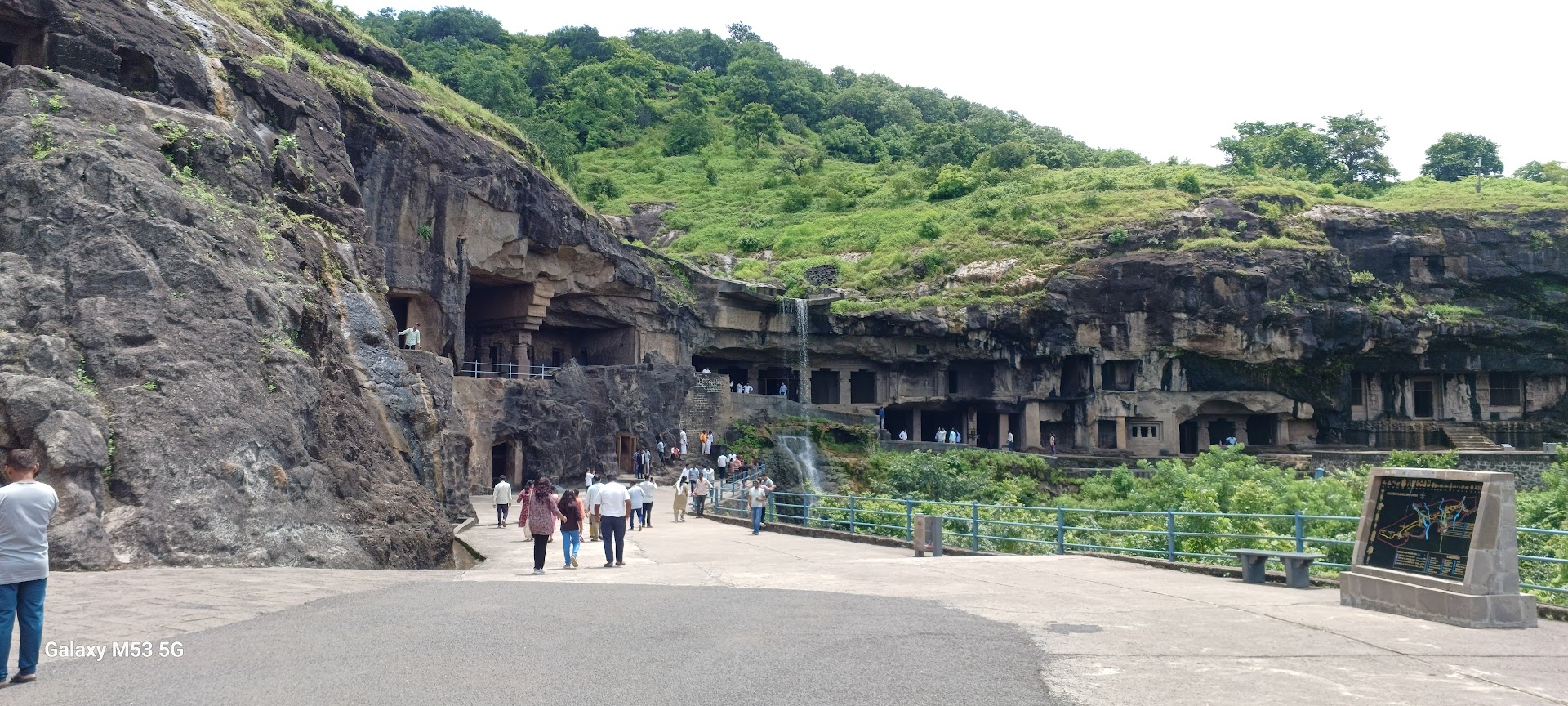
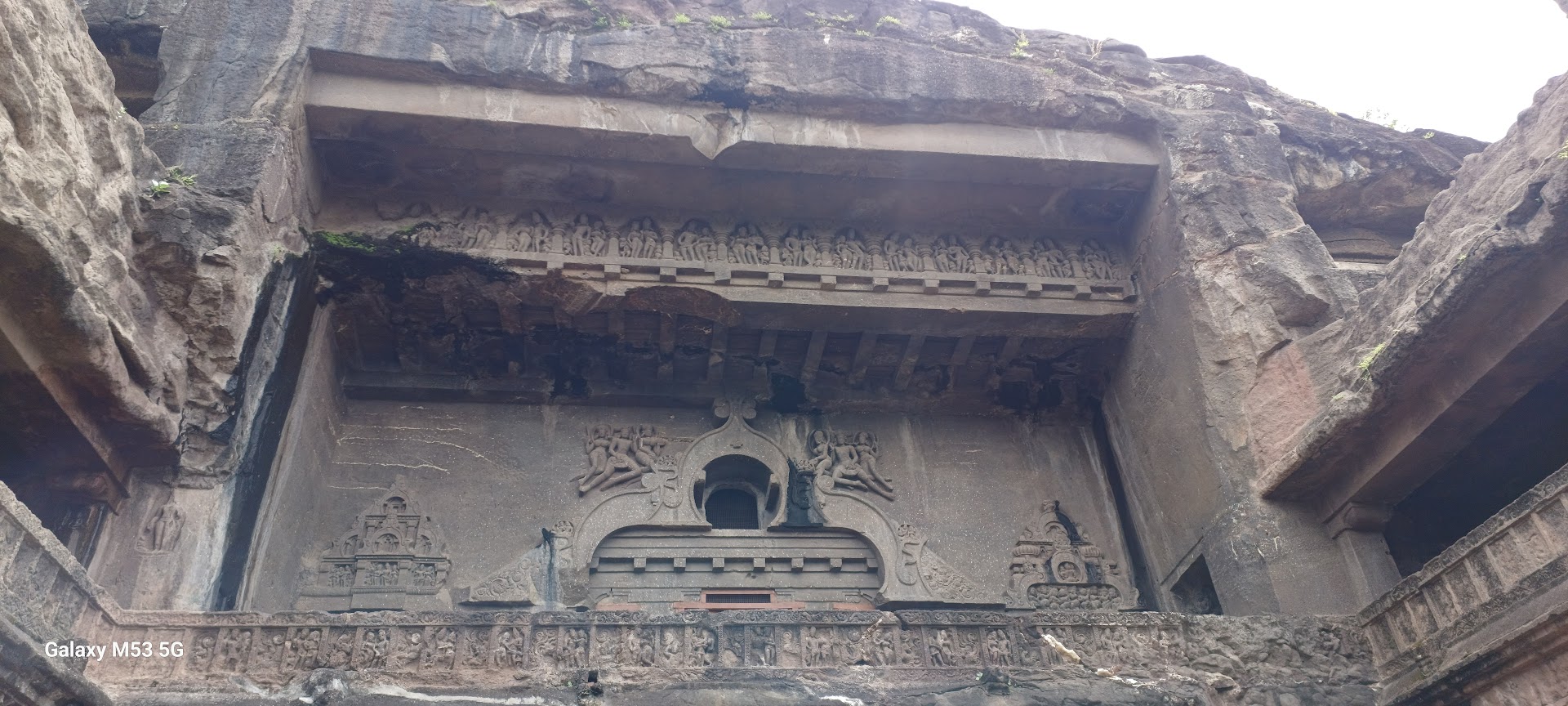
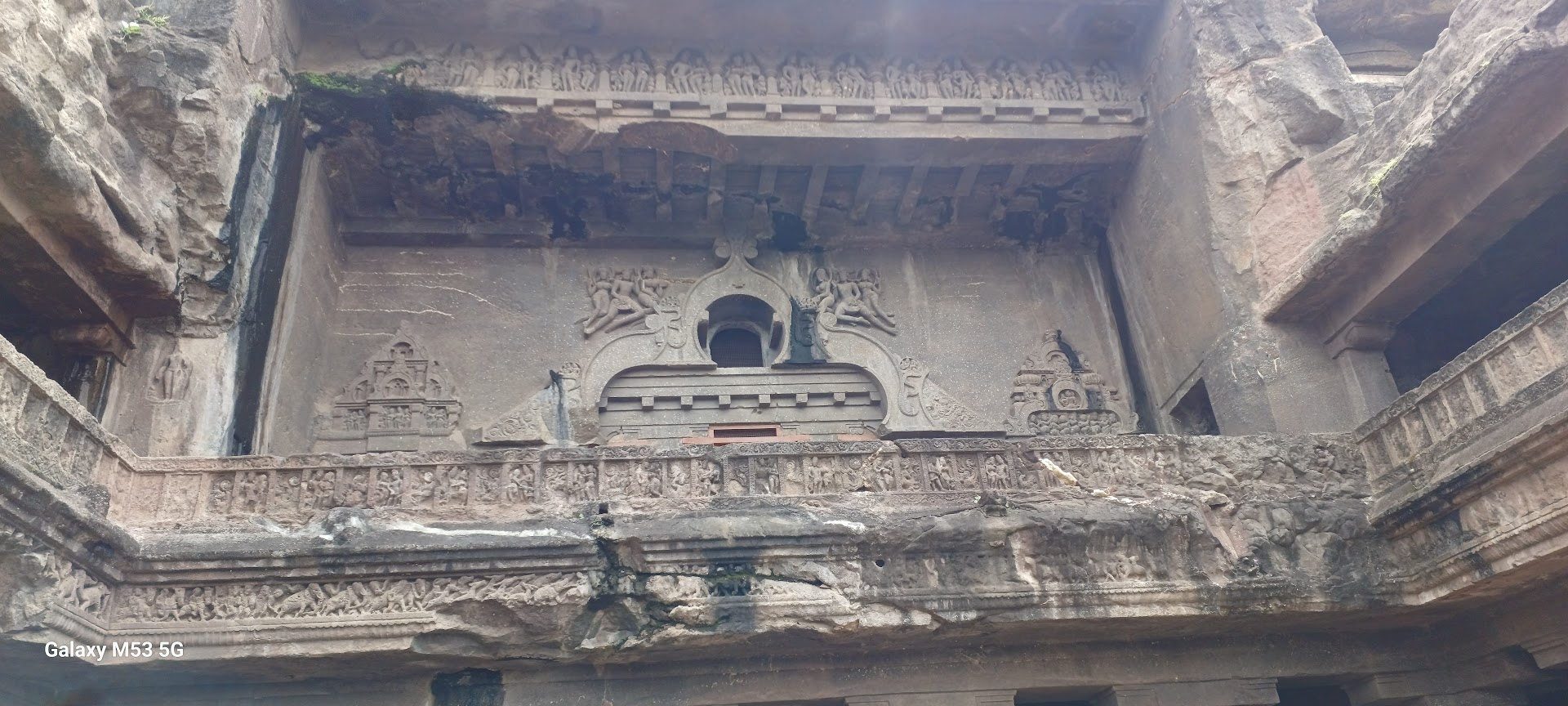
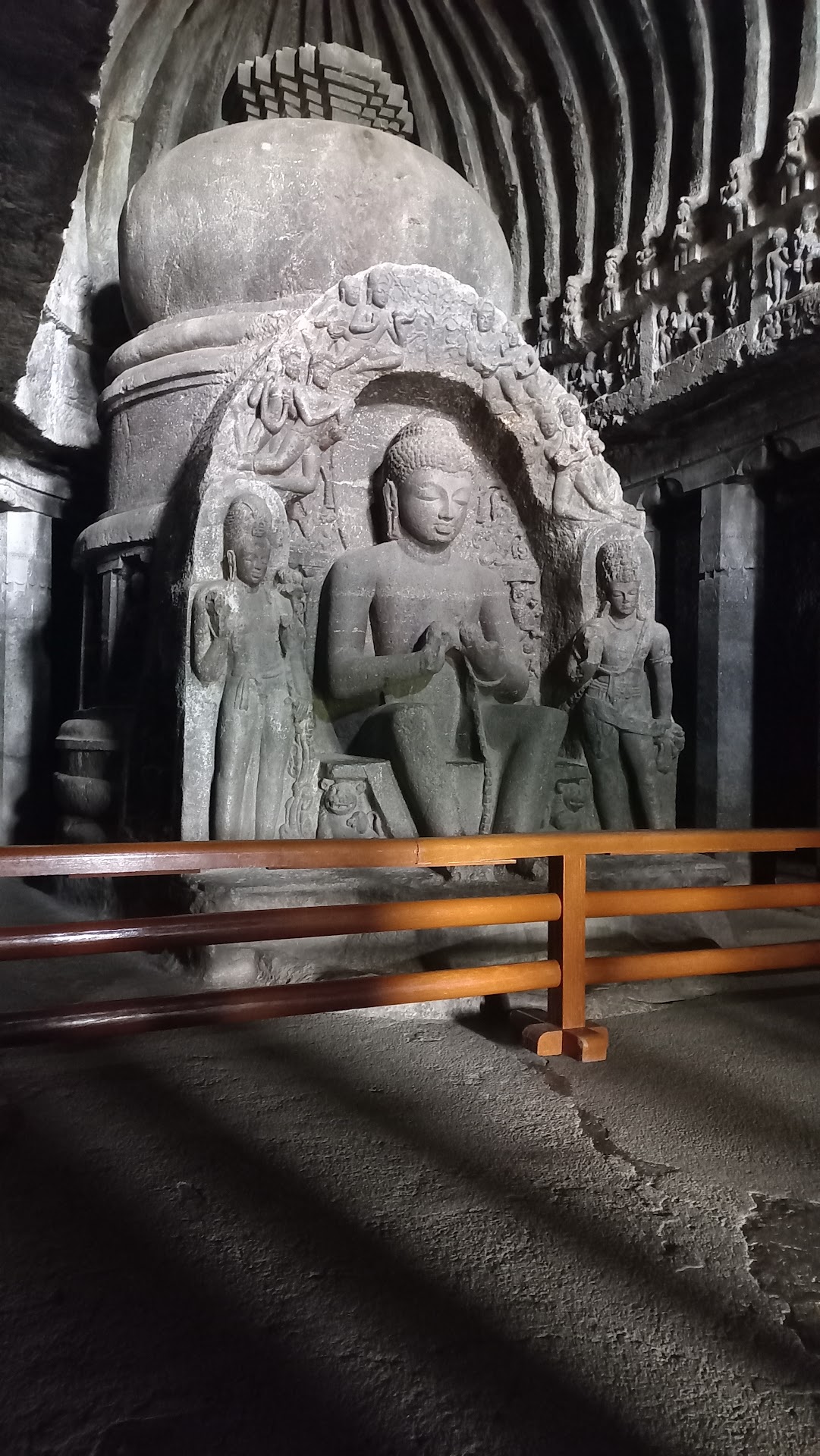
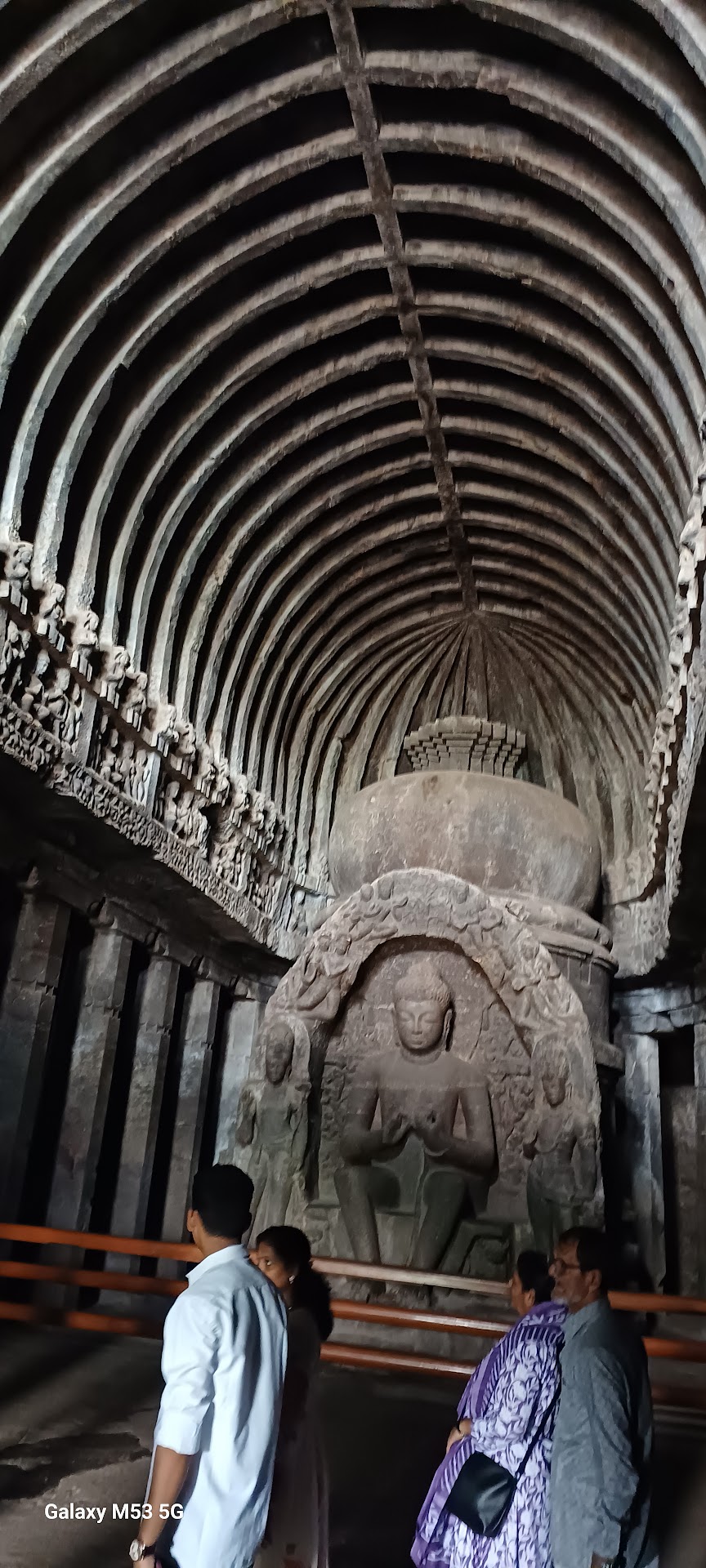
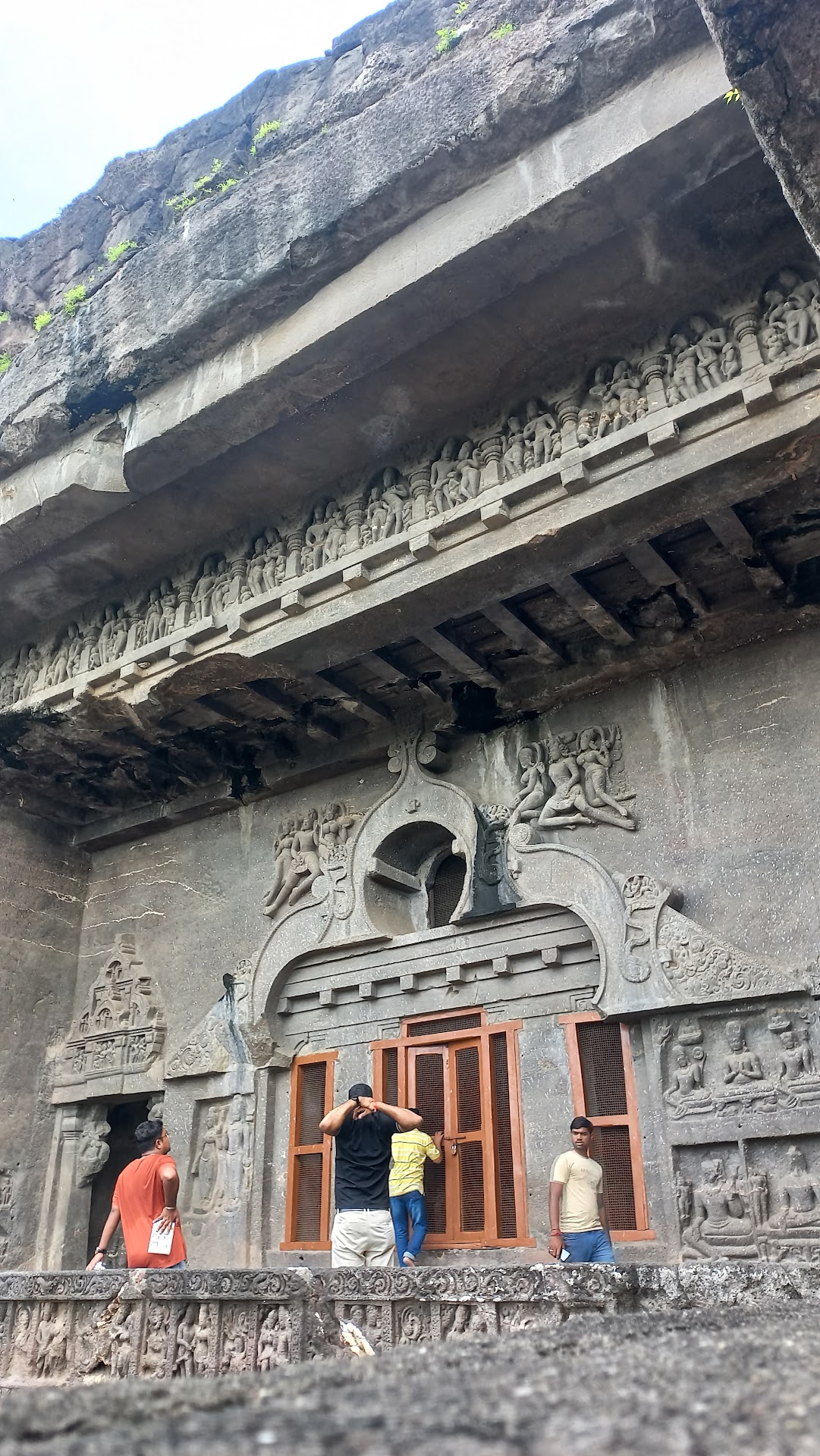
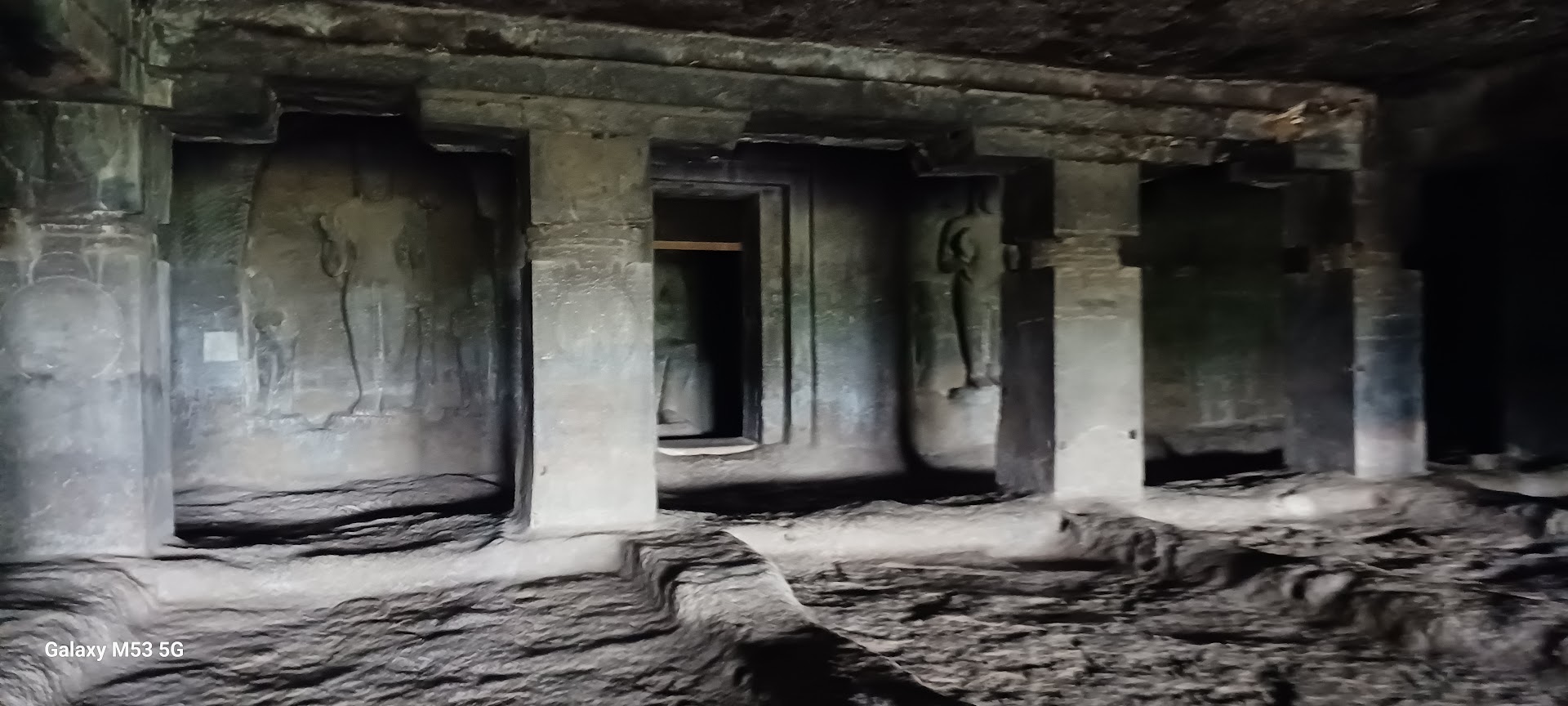
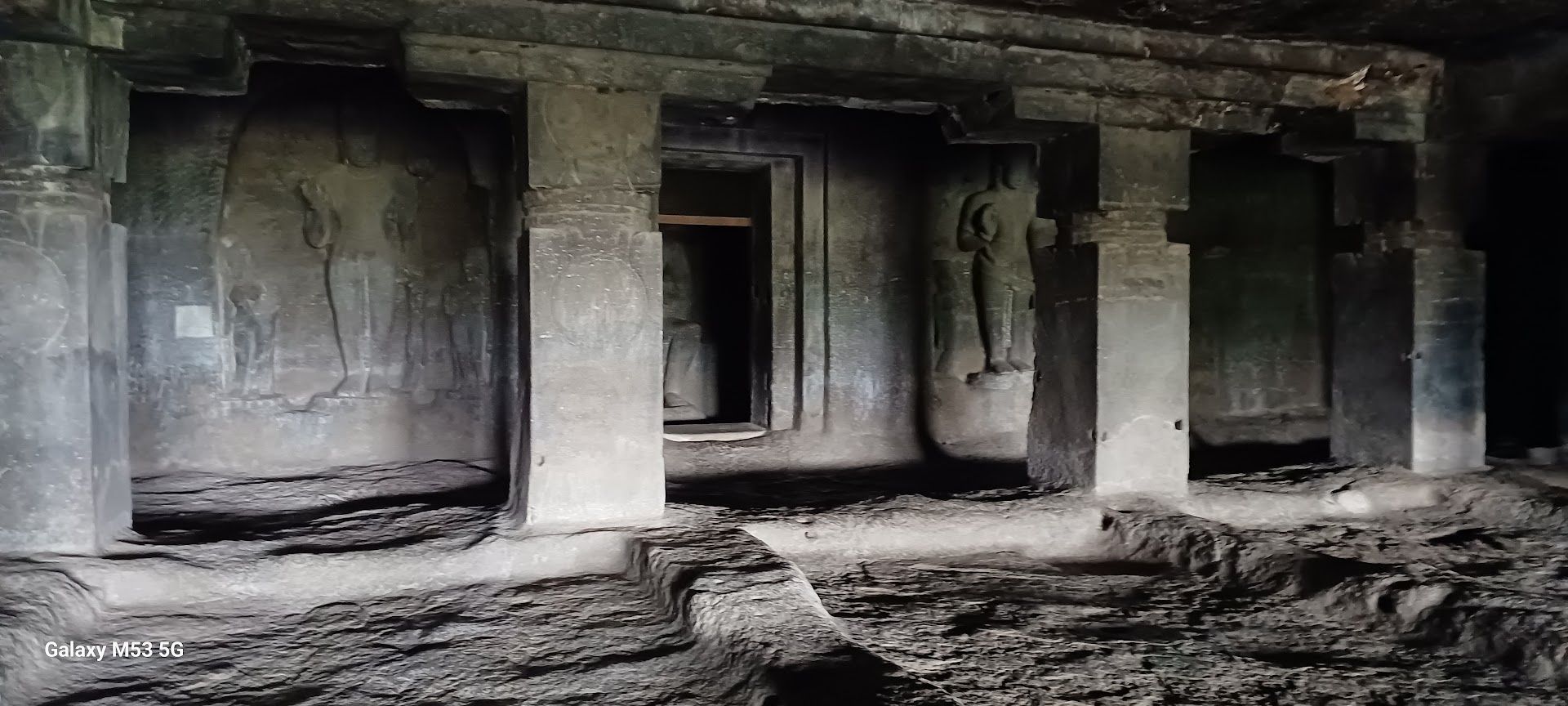
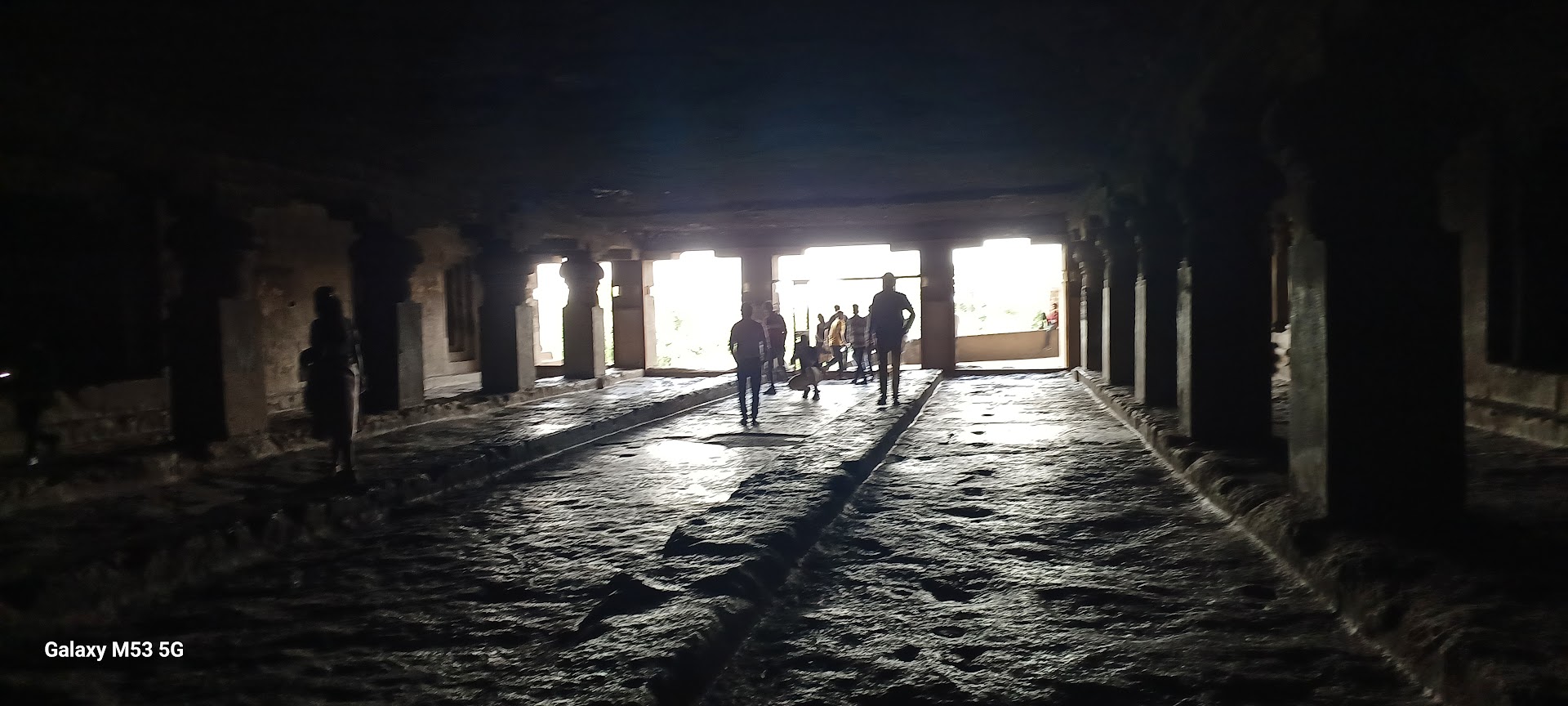
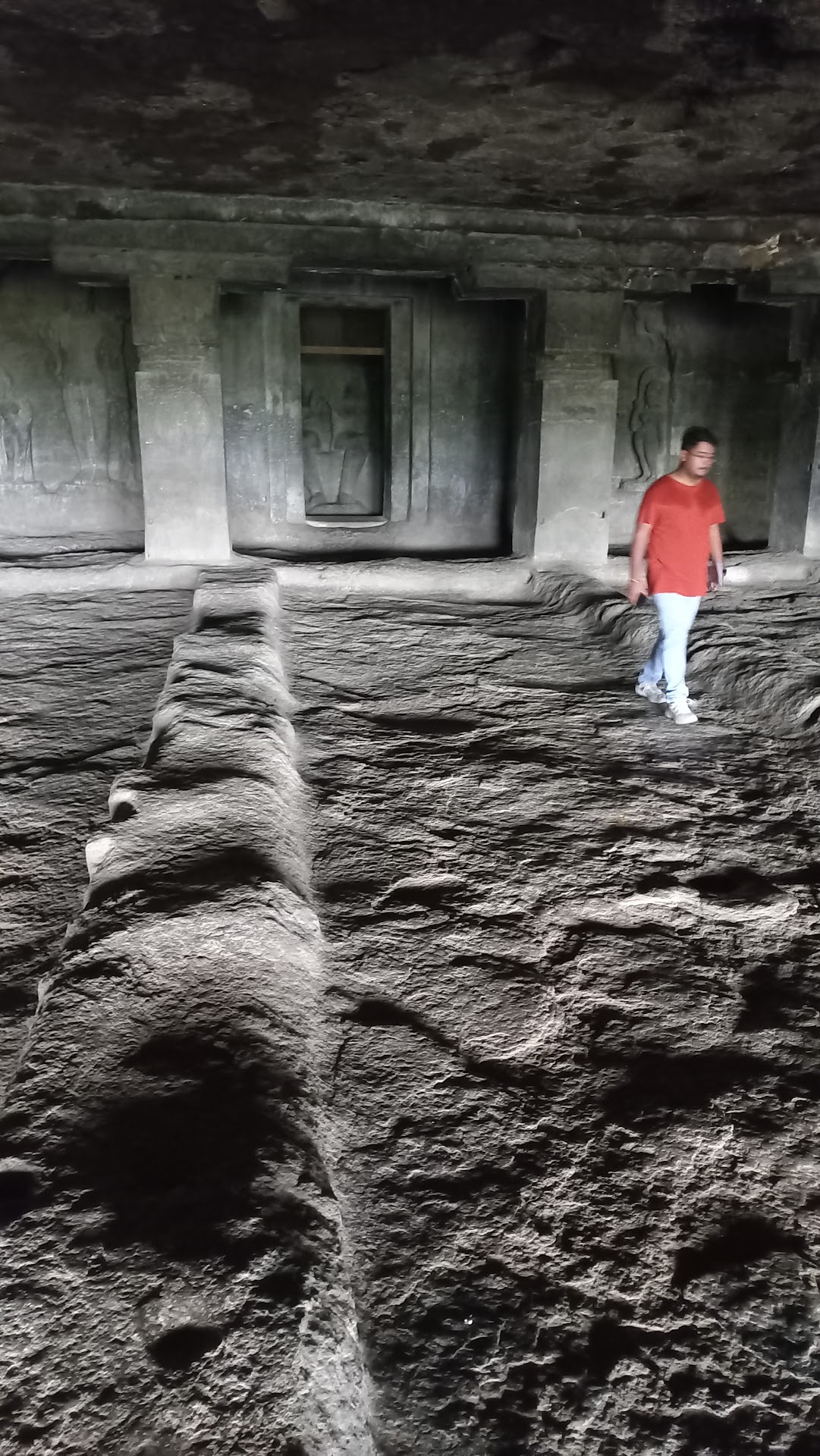
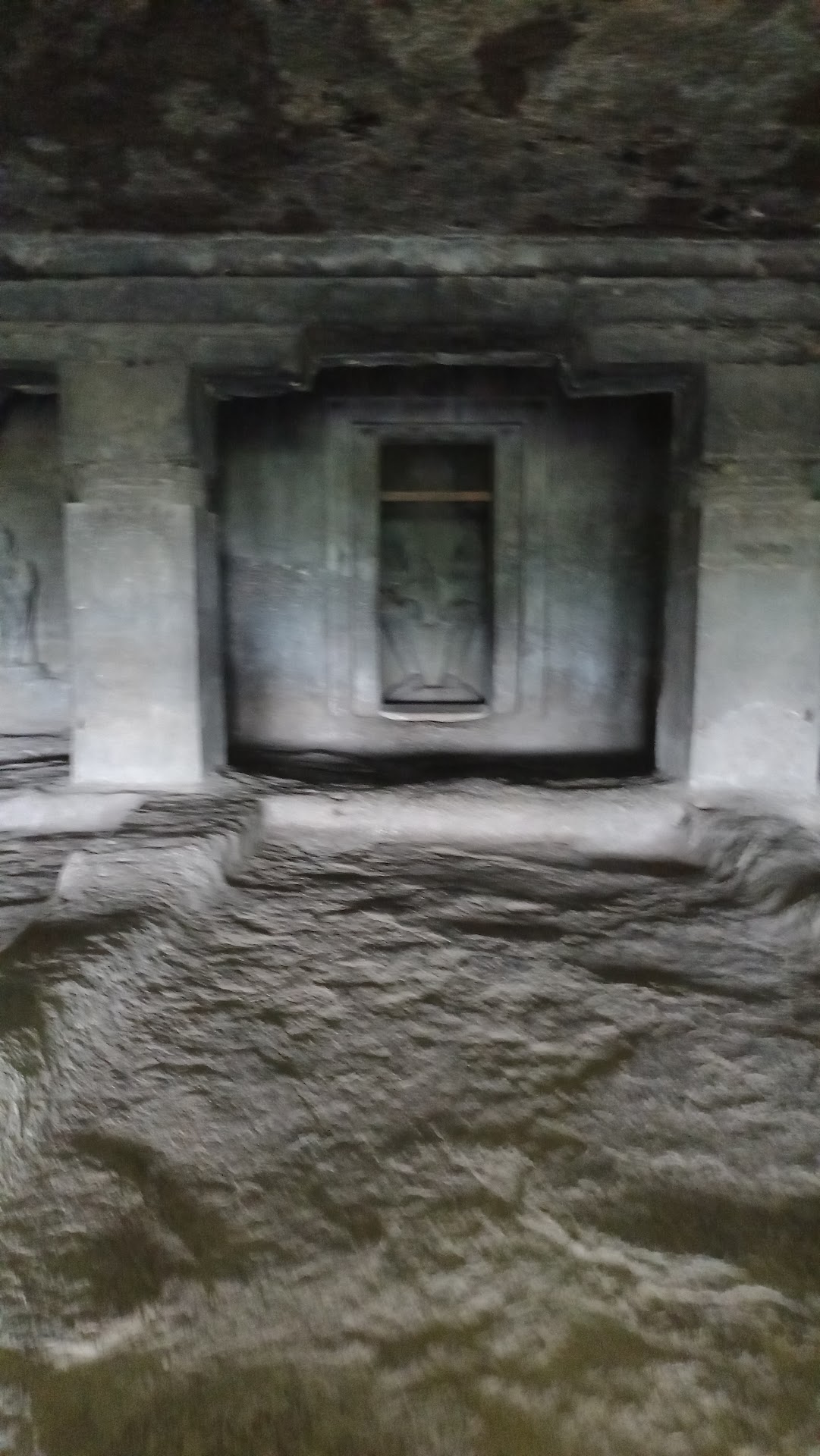
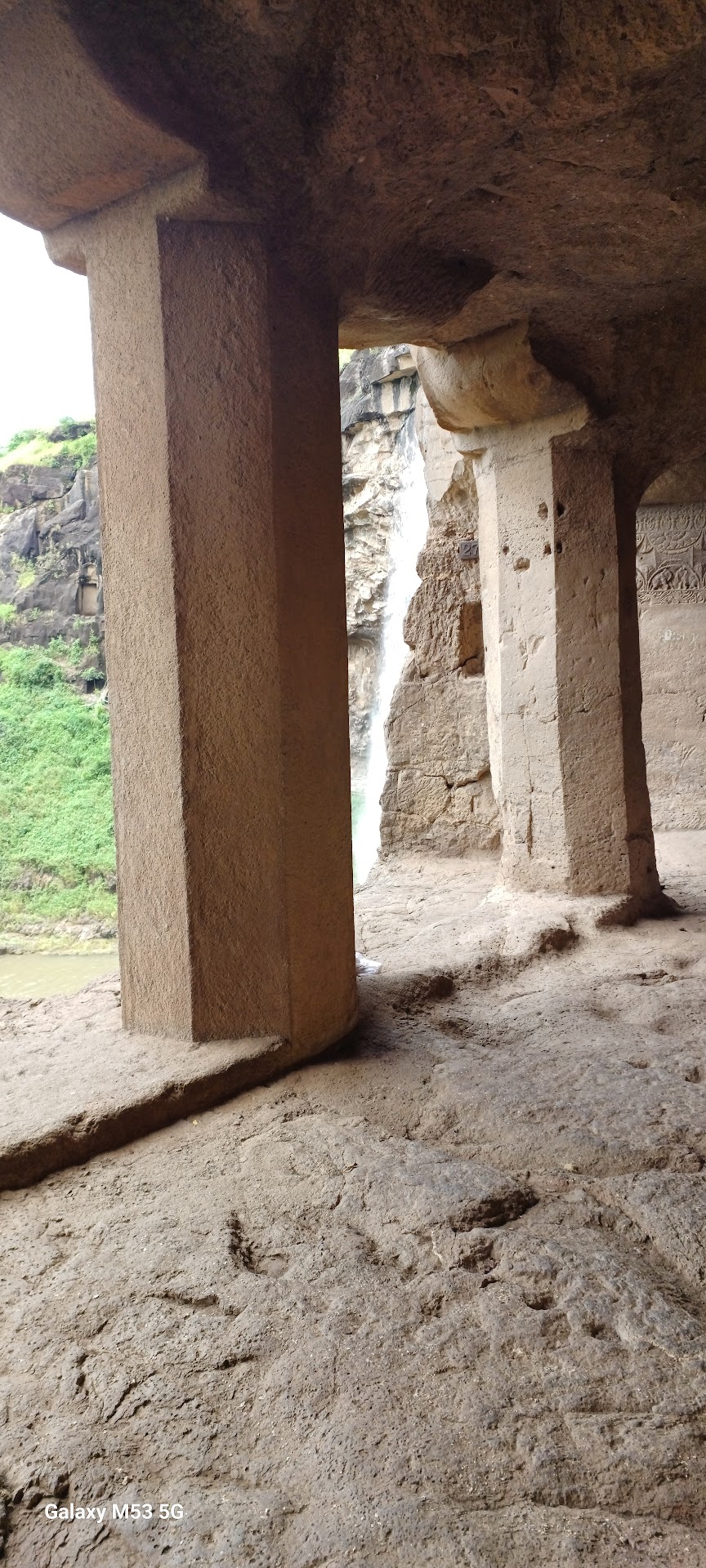
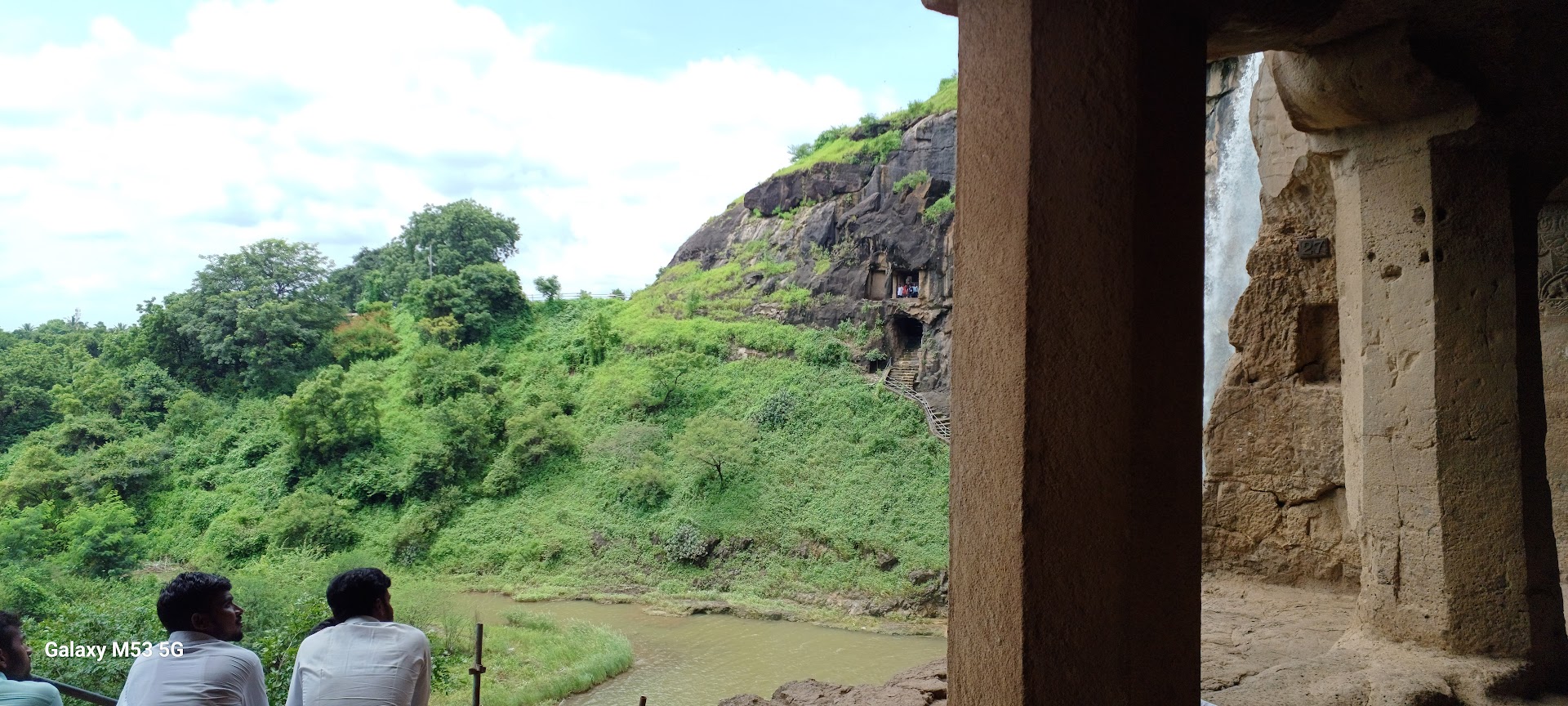
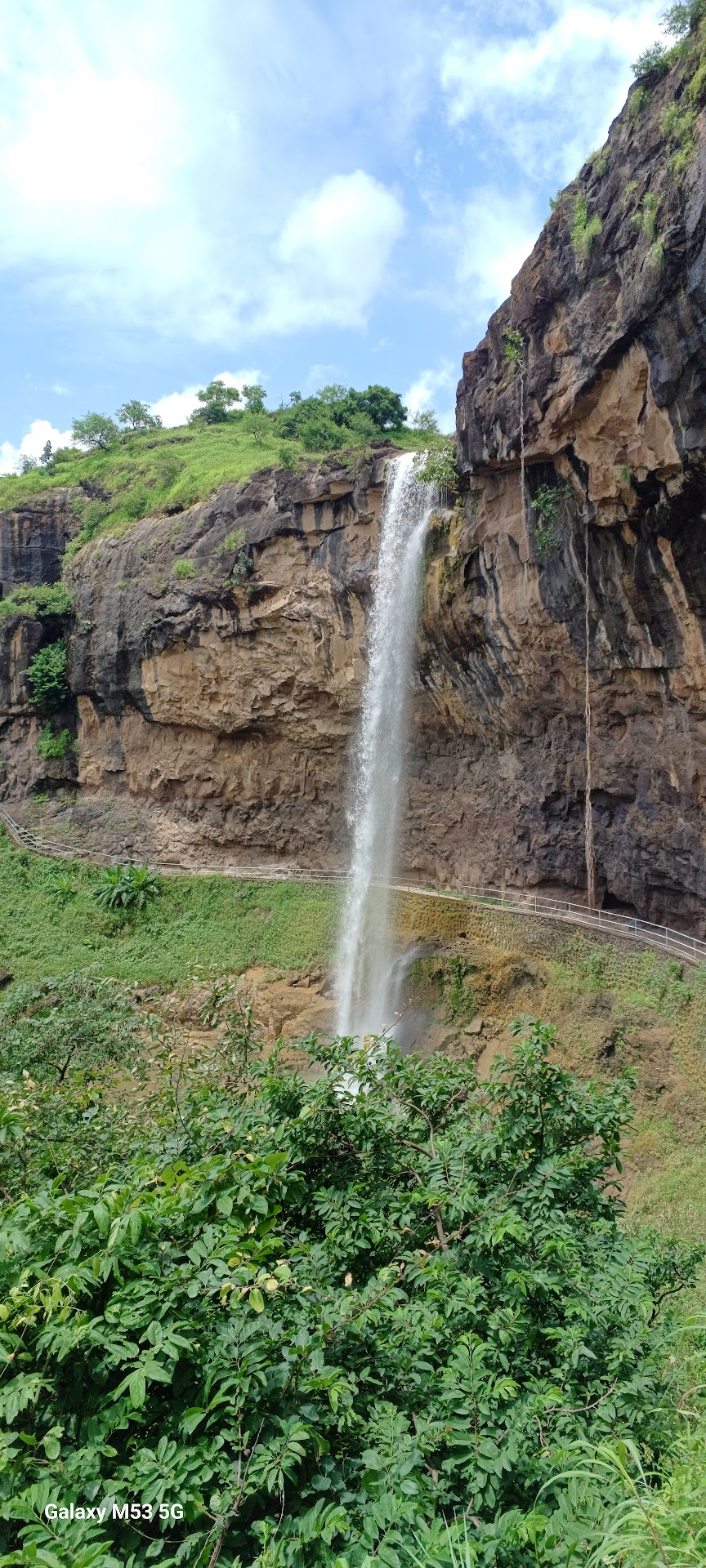
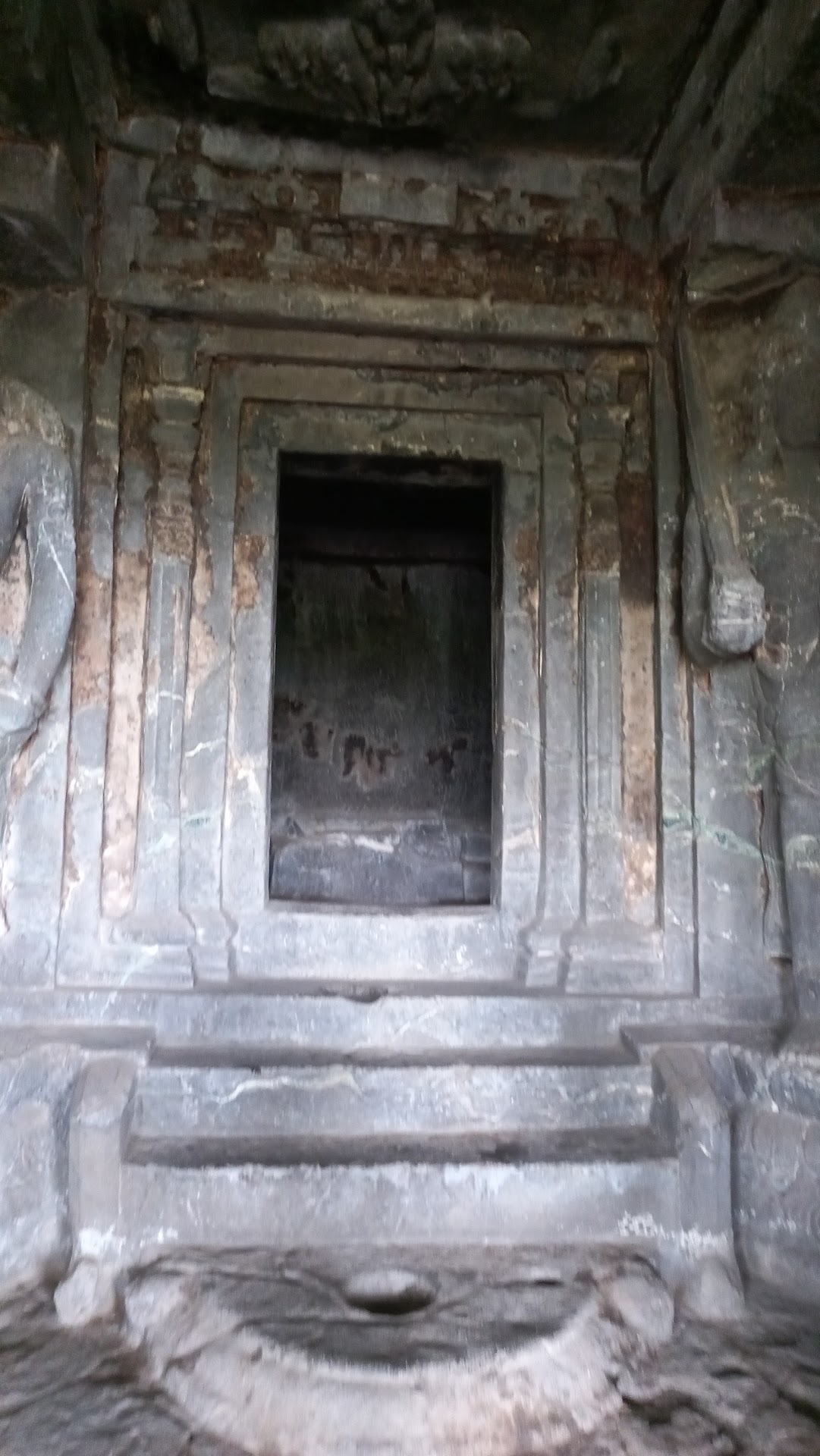
|| Kailash Temple: An Architectural Marvel Wrapped in Mysteries ||
The Kailash temple is renowned as the world's most enigmatic temple, with its construction shrouded in mystery as captivating as its stunning beauty. Nevertheless, the subterranean caves beneath this temple hold even more secrets than the temple itself. Curiously, these caves have been officially sealed, leaving us pondering what concealed mysteries lie within. The government's decision to withhold access to these caves...
Read moreNearby attractions of Kailasa Temple
Ellora Cave No. 10
Waghora Waterfall
Ellora Cave No. 29 The Dhumar Lena

Ellora Cave No. 10
4.8
(220)

Waghora Waterfall
4.6
(65)

Ellora Cave No. 29 The Dhumar Lena
4.7
(101)
Nearby restaurants of Kailasa Temple
modern hotel
Garikipati Restaurant
Ellora Restaurant
Modern Restaurant
MAHARAJA RESTAURANT
Vrindavan Restaurant
Om Shanti Raswanti
Mast Tea Center
Quality Restaurant
Tulsi Family Restaurant

modern hotel
3.2
(4)

Garikipati Restaurant
4.3
(544)

Ellora Restaurant
3.6
(35)

Modern Restaurant
3.4
(8)
Sourav Lahiri

Kelly Martin
shelovesparadise
Umanng Jain




